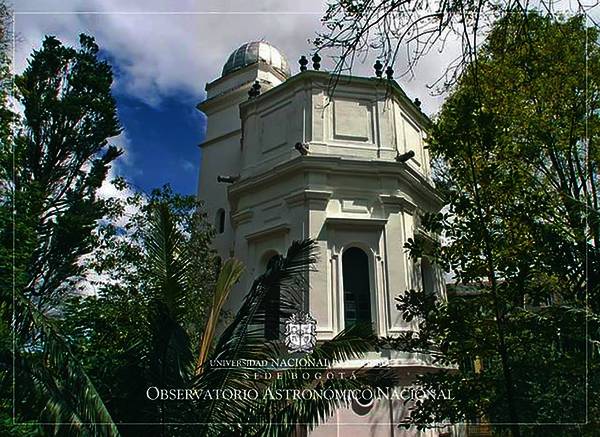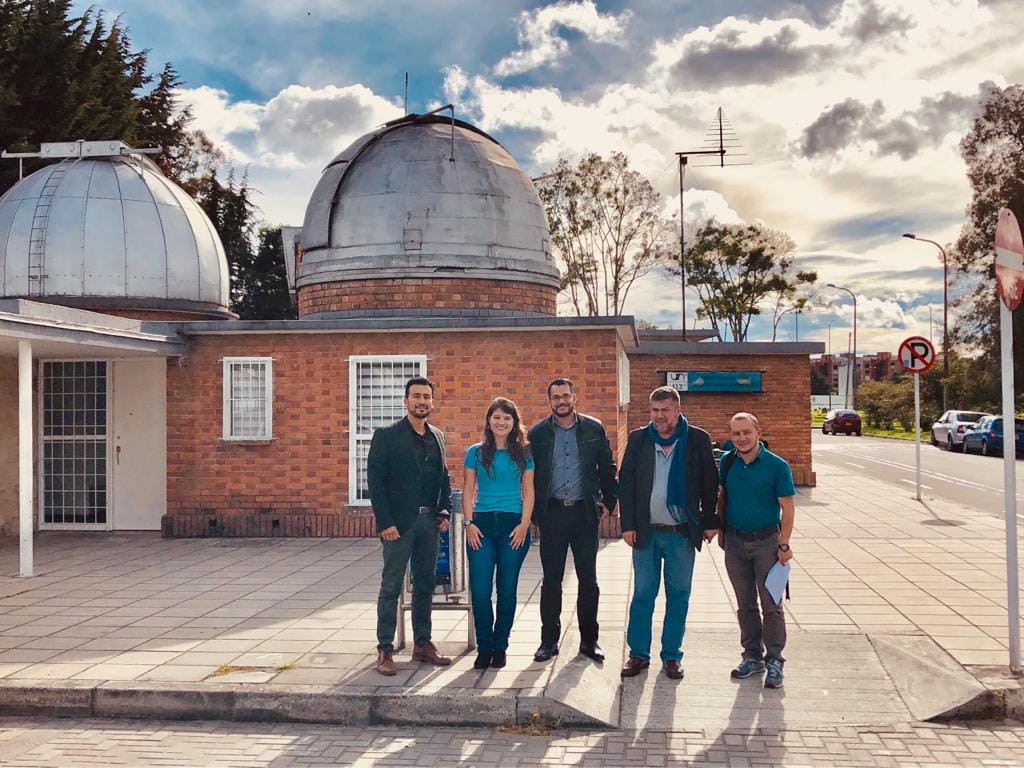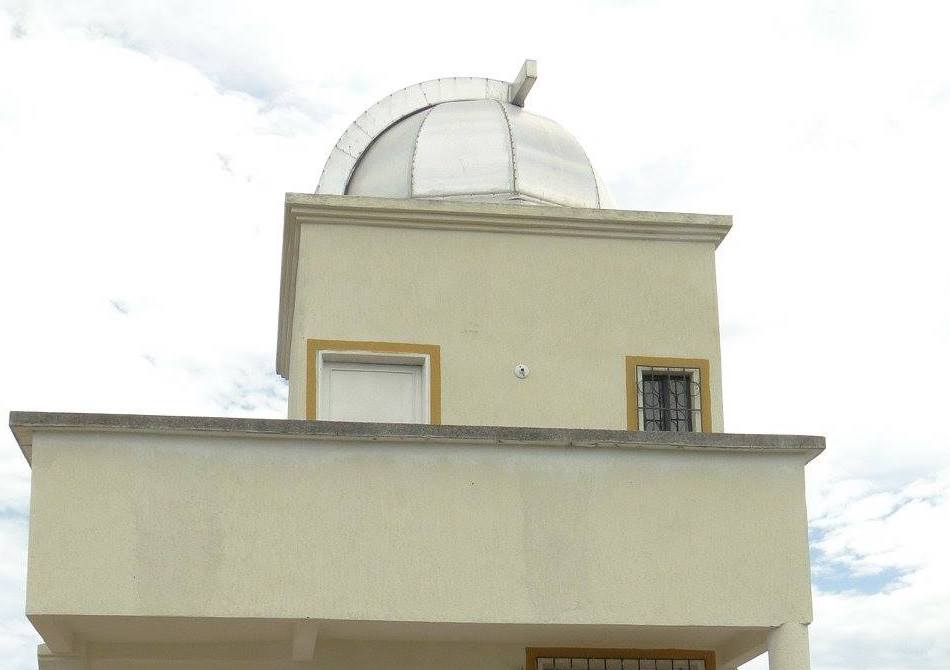The Hubble Space Telescope orbits around the Earth once every 90 minutes, so we can obtain images all over the sky! Credit: ESA.
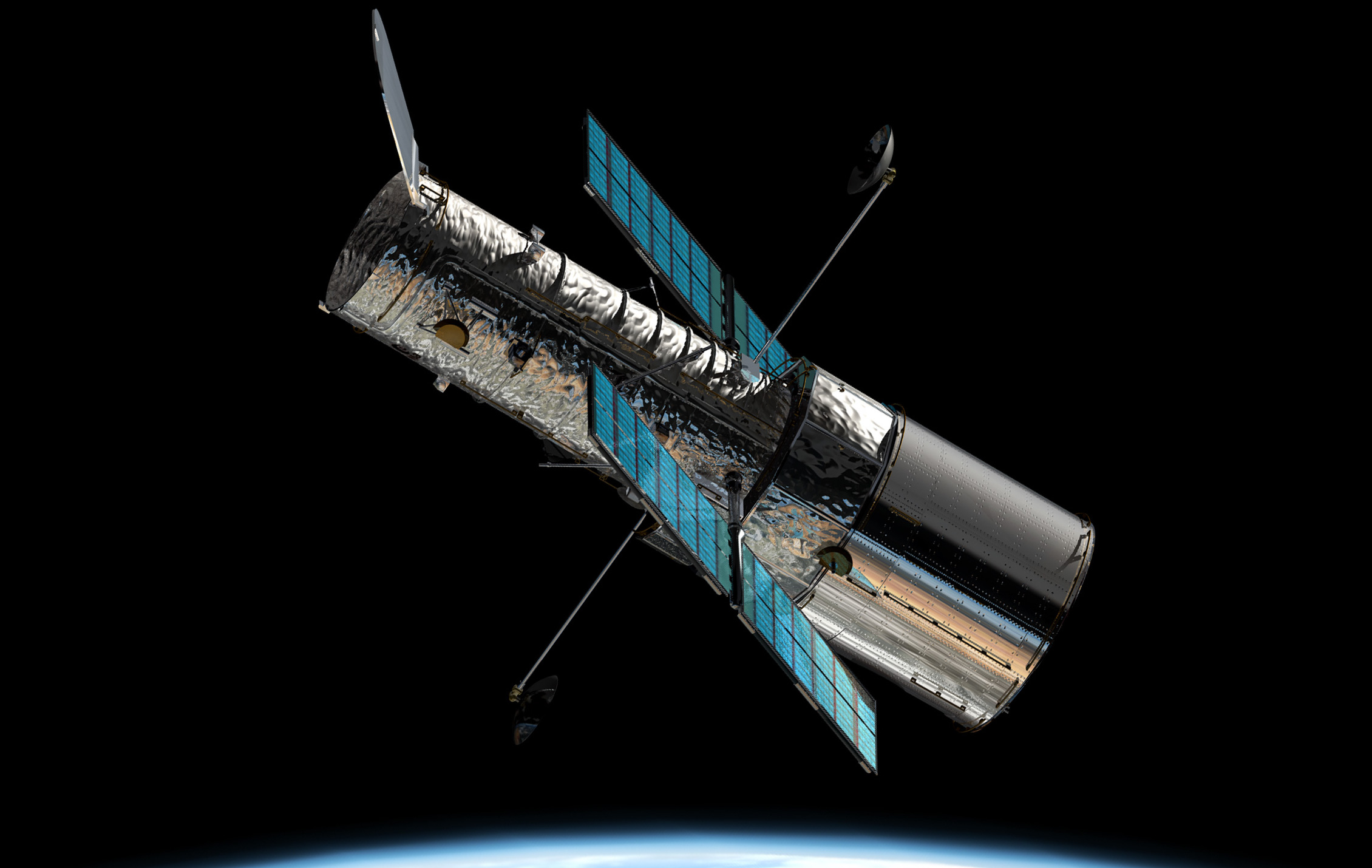
A compilation of my observing trips with fun facts, tips, and deadlines for proposals.
The Earth's atmosphere is quite noisy and sometimes hinders the data from ground-telescopes. So we go to Space! The resolution without the atmosphere is so much better that we obtain better science and wonderful images. We can therefore discover and study high-redshift sources in more detail.

JWST will revolutionize our view of the Universe. It has a special focus on high-redshift astronomy as it will be looking in the near and mid-infrared with an incredible resolution. I Co-PI a proposal with Dr. Micaela Bagley to confirm z ~ 9 galaxies and measure their ionizing power Looking forward to the data!
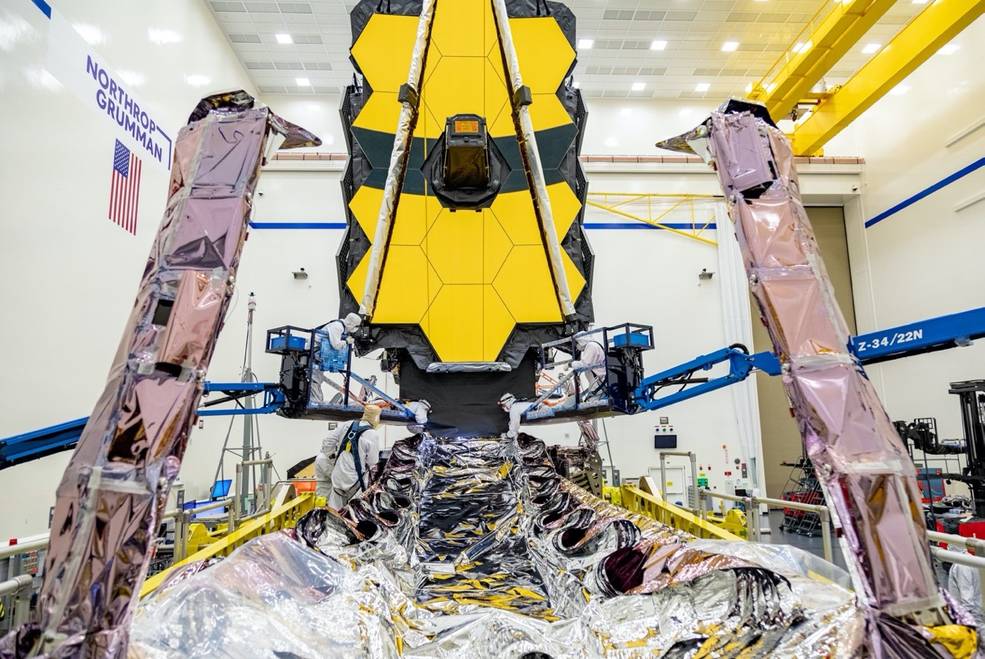
Reflector telescopes using mirrors are cheaper to make and can be bigger than refractors using lenses. The bigger in diameter the mirror, the more distant objects can be observed. 10-meter class telescopes are ideal to study the EoR since we need to gather as much light as possible from high-redshift sources.
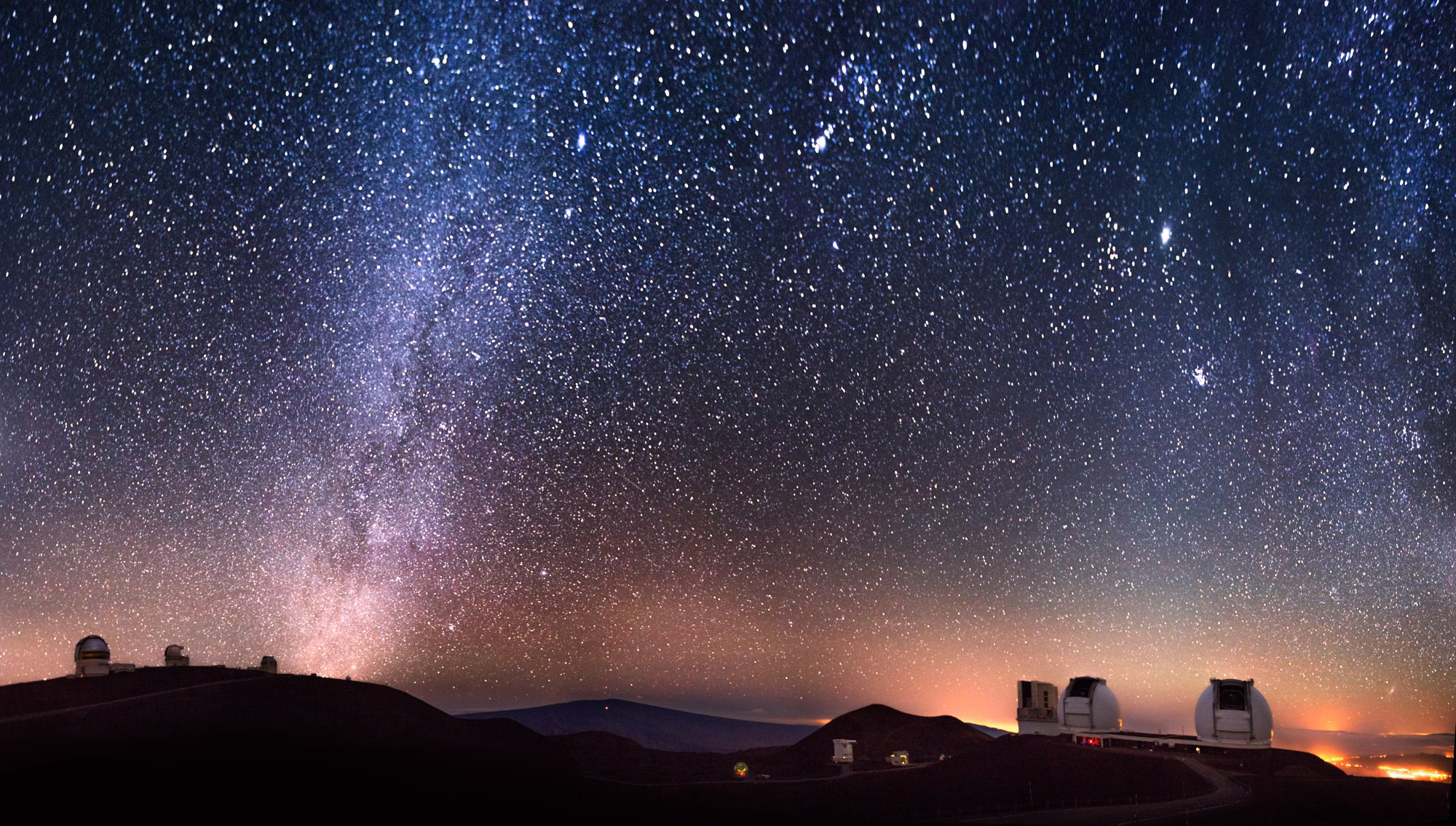
Radio astronomy began by accident in 1932 when the engineer Karl Jansky, was investigating natural sources of inteference in telephone communications. He constructed an antenna and bumped into the central Black Hole in our galaxy. In radio, we can study the cold dust and gas from high-z galaxies.
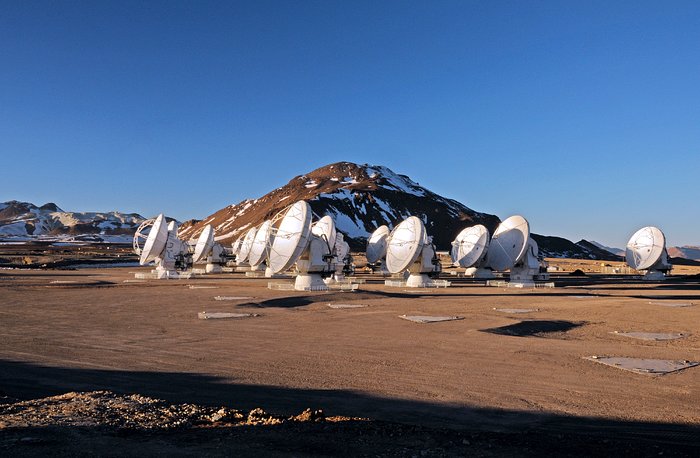
Located in The Big Island of Hawaii, the observatory is at about 4,000 MASL
on the dormant volcano of Mauna Kea. The altitude and weather conditions make this observatory the perfect place to hosts two
10-meter class telescopes.
2022A call for proposals.
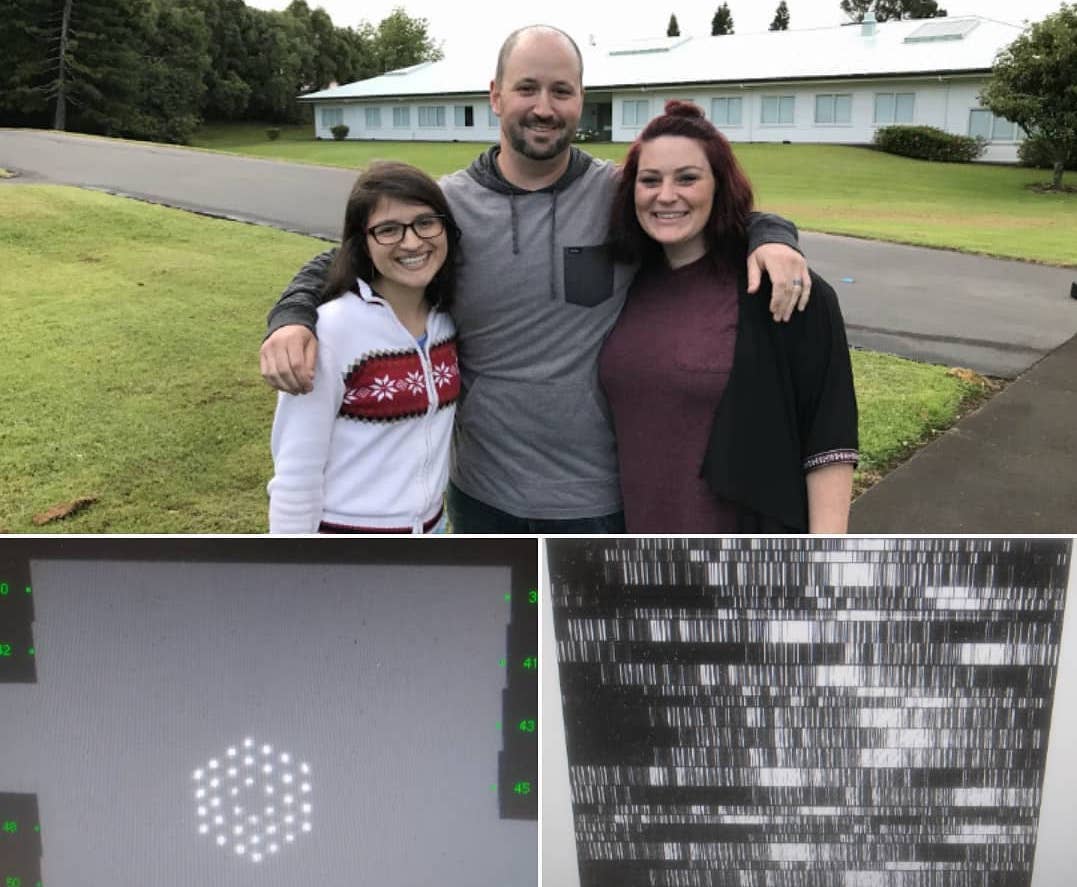
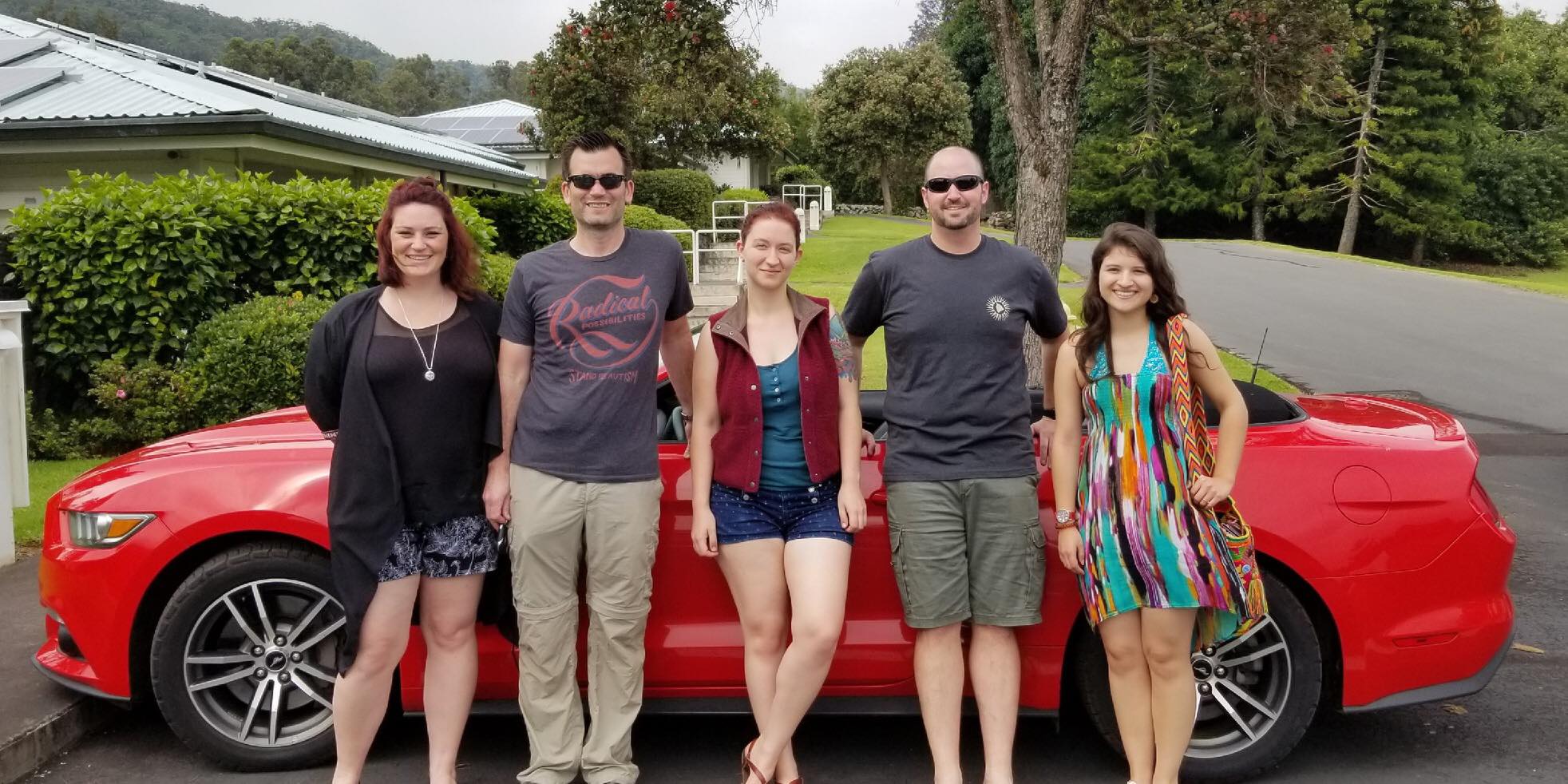
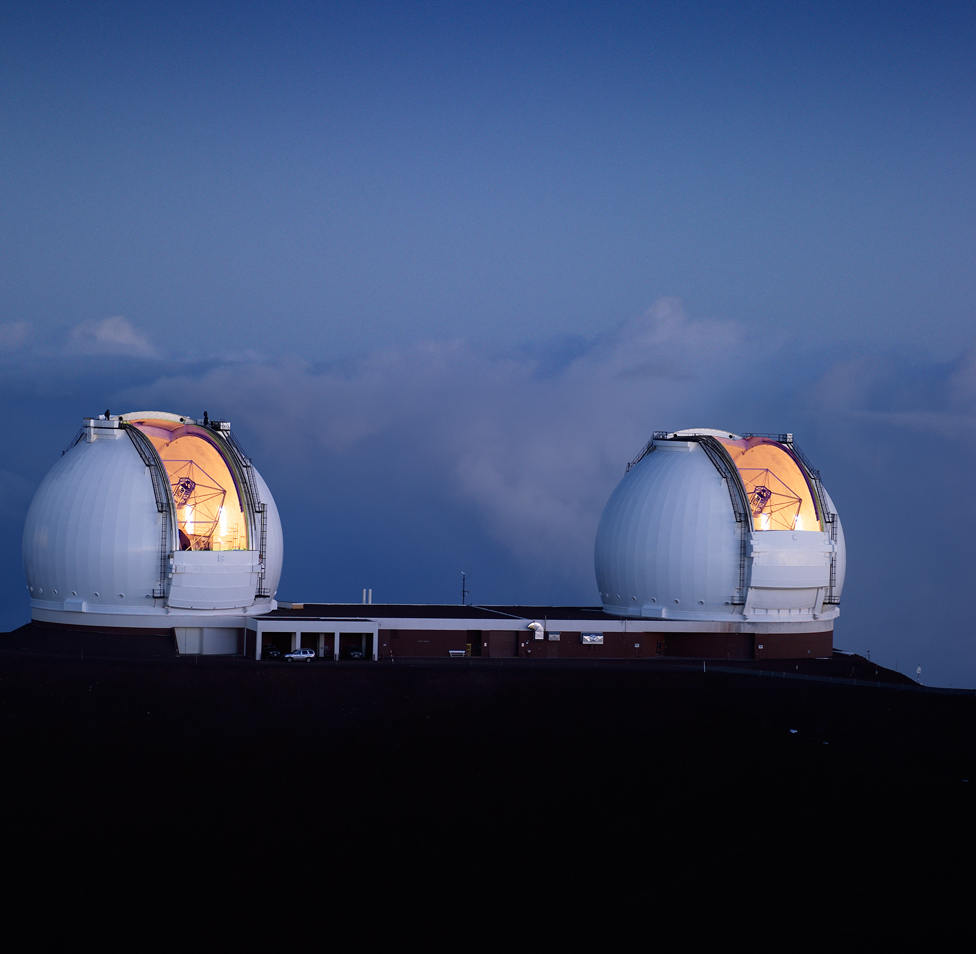
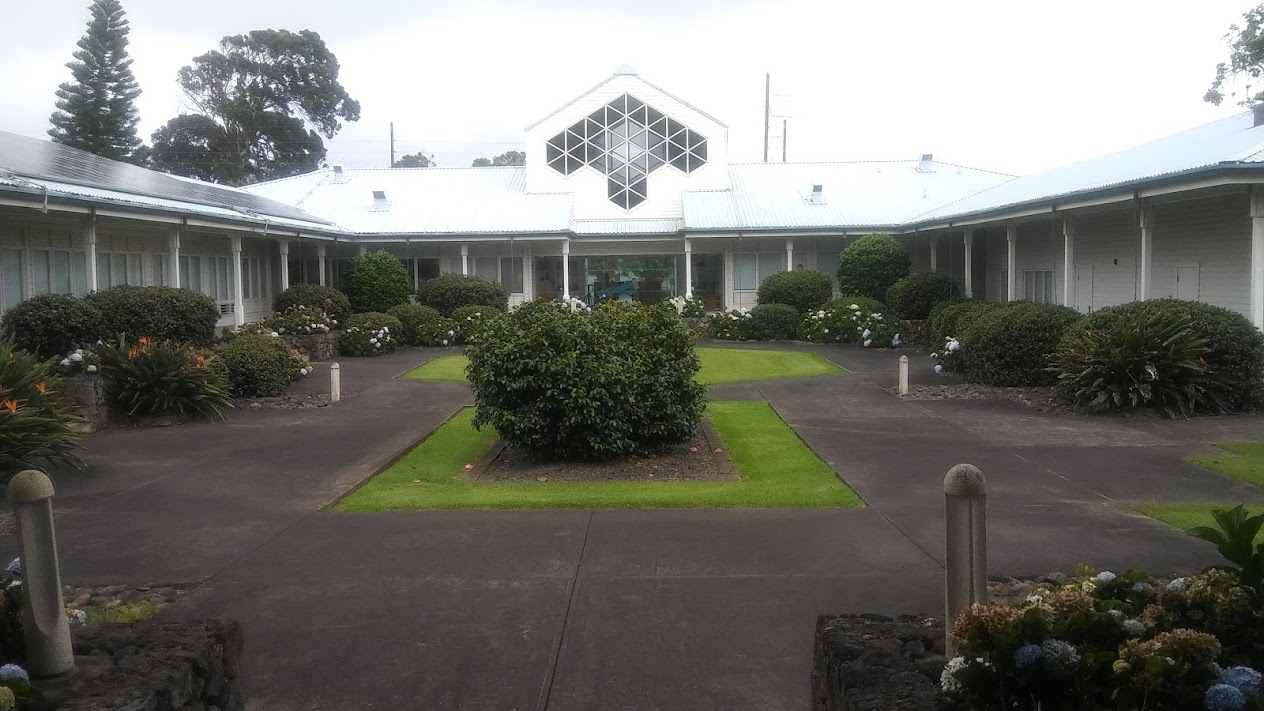
Astronomers don't go up all the way to the telescopes to perform the observations, we observe from the headquartes with computers set up to communicate with the instruments at the Summit. The telescope operators, experts on the instruments, are at the telescope and help us observe the whole night. We could not do it without them!
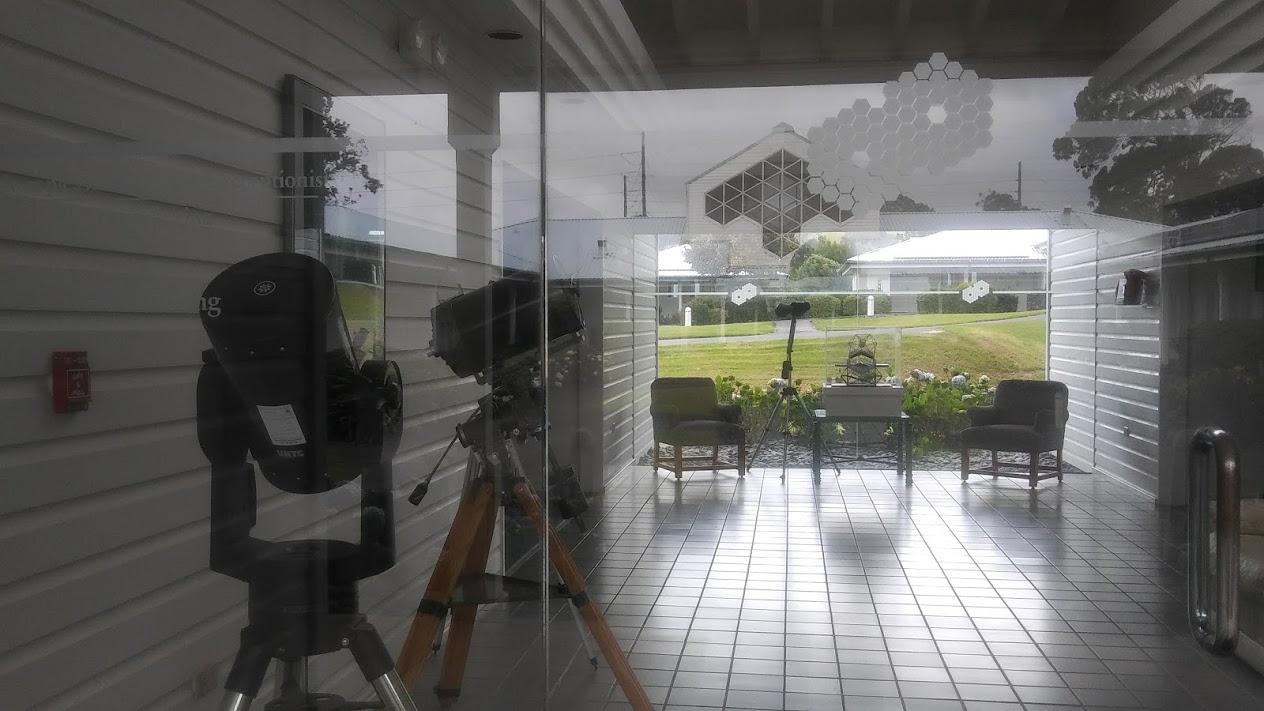
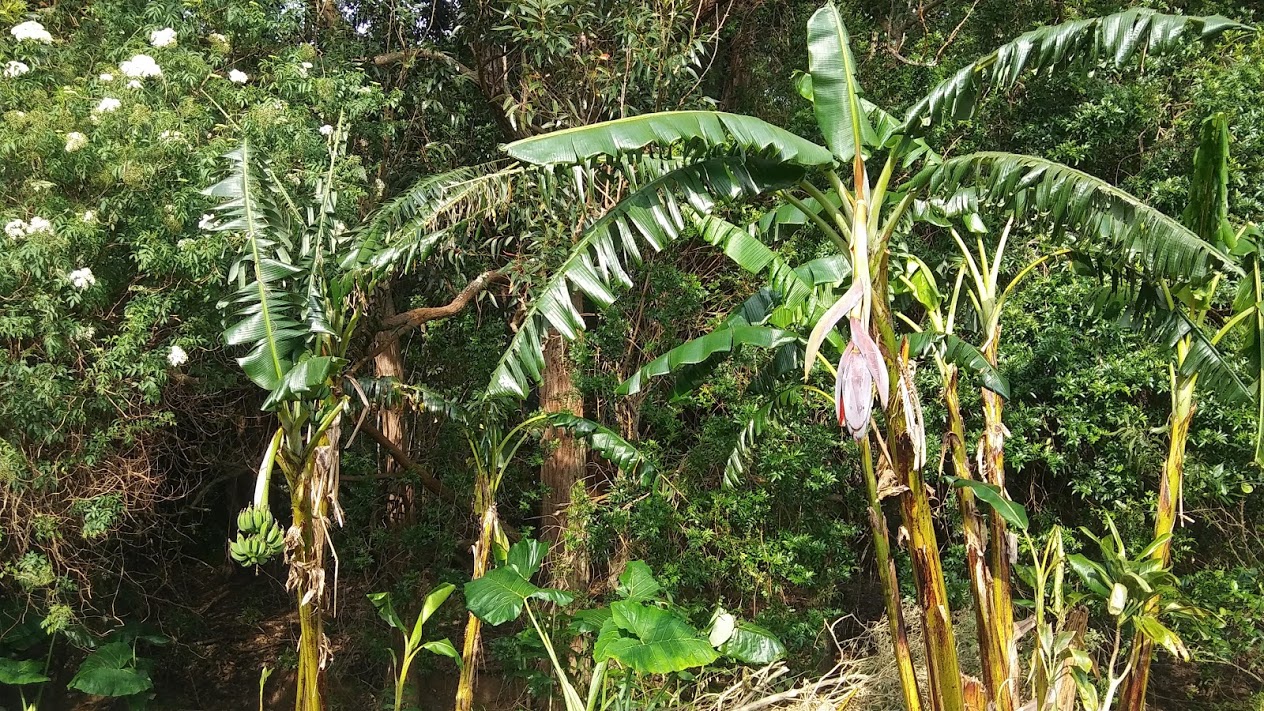

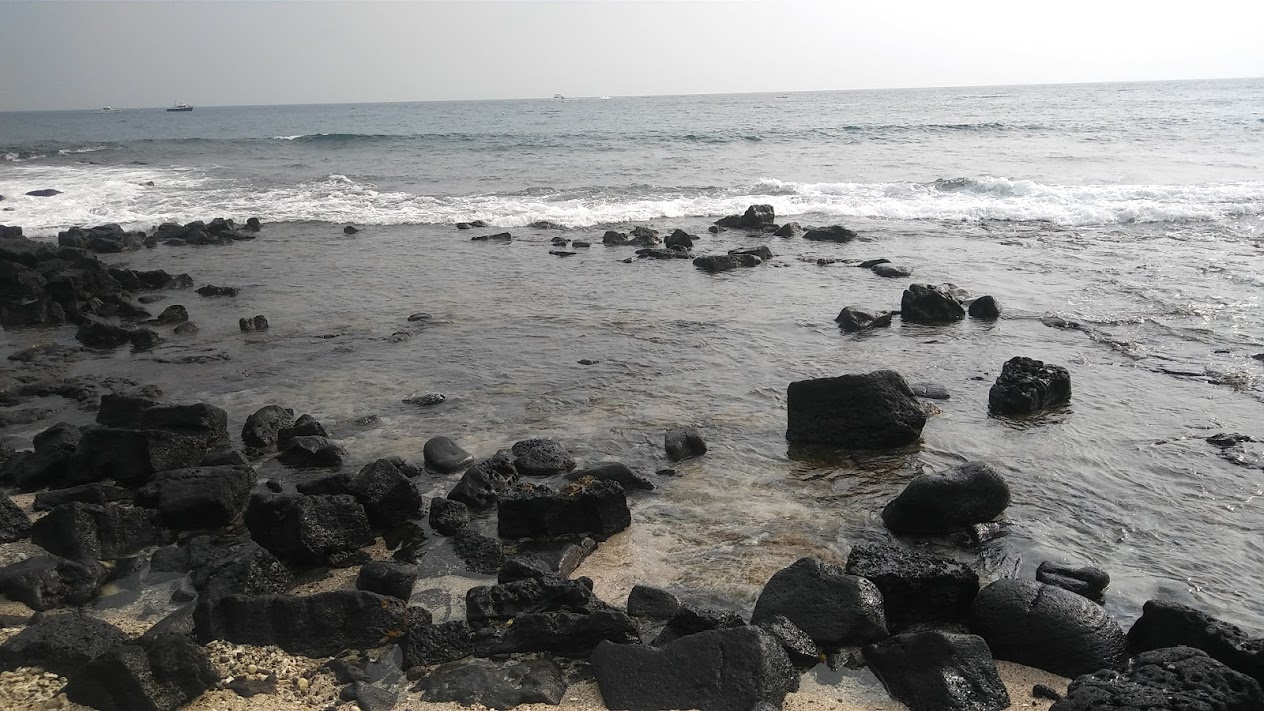
The European Southern Observatory (ESO) built its first home for telescopes in the Chilean Atacama Desert because of the beautiful night sky and dry conditions that are essential for optical telescope operations. Proposal calls vary depending on the telescope.
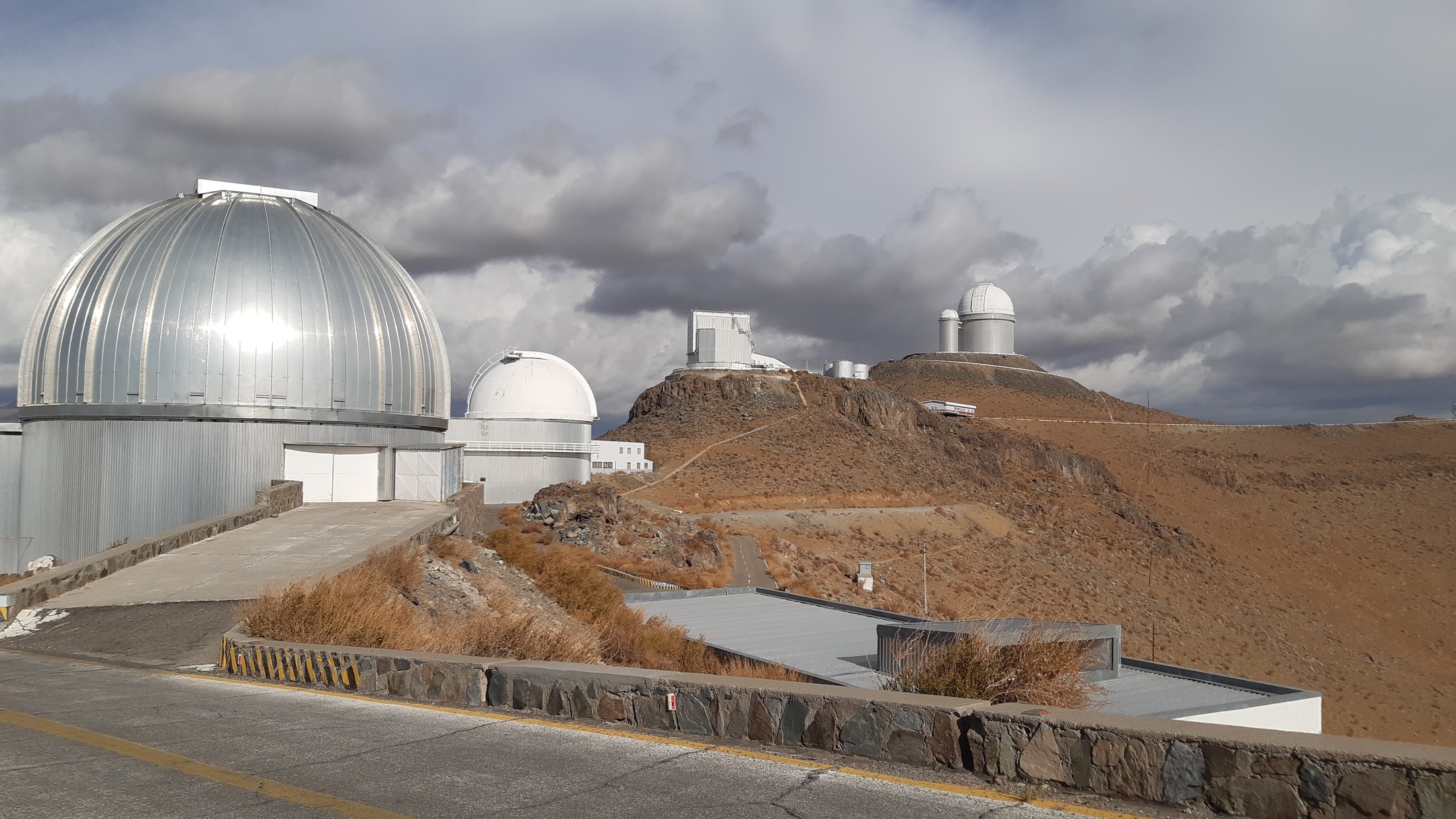
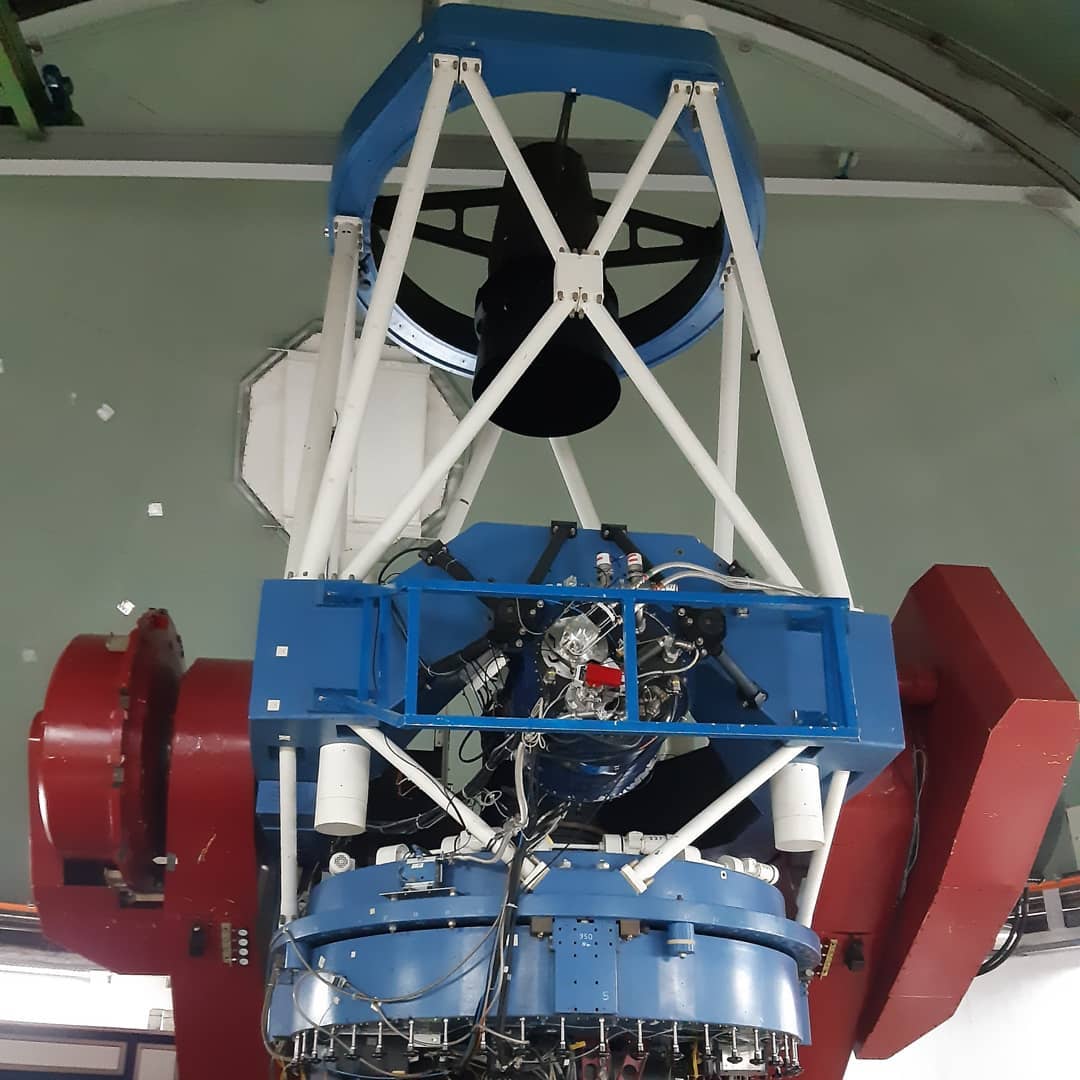
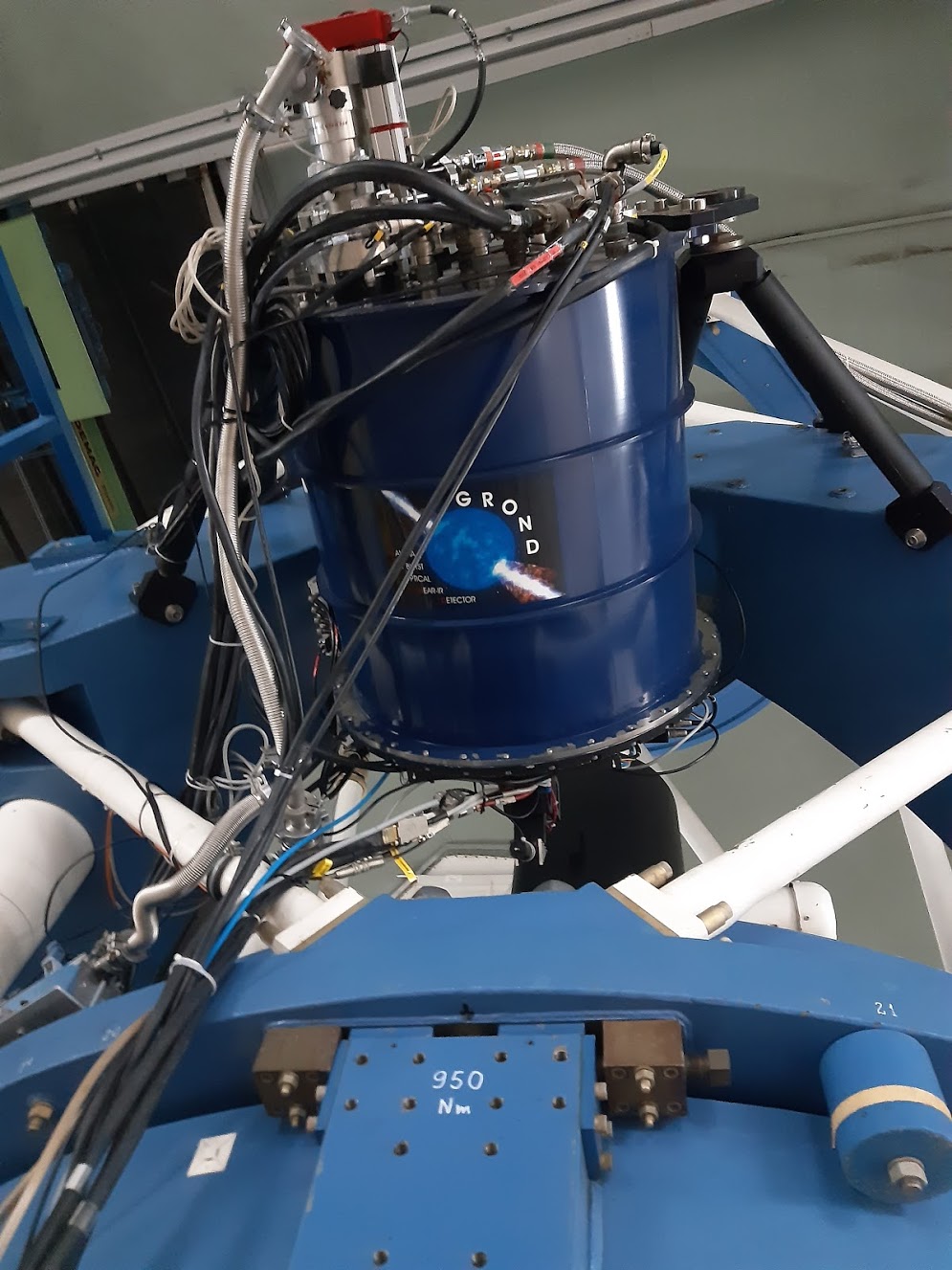
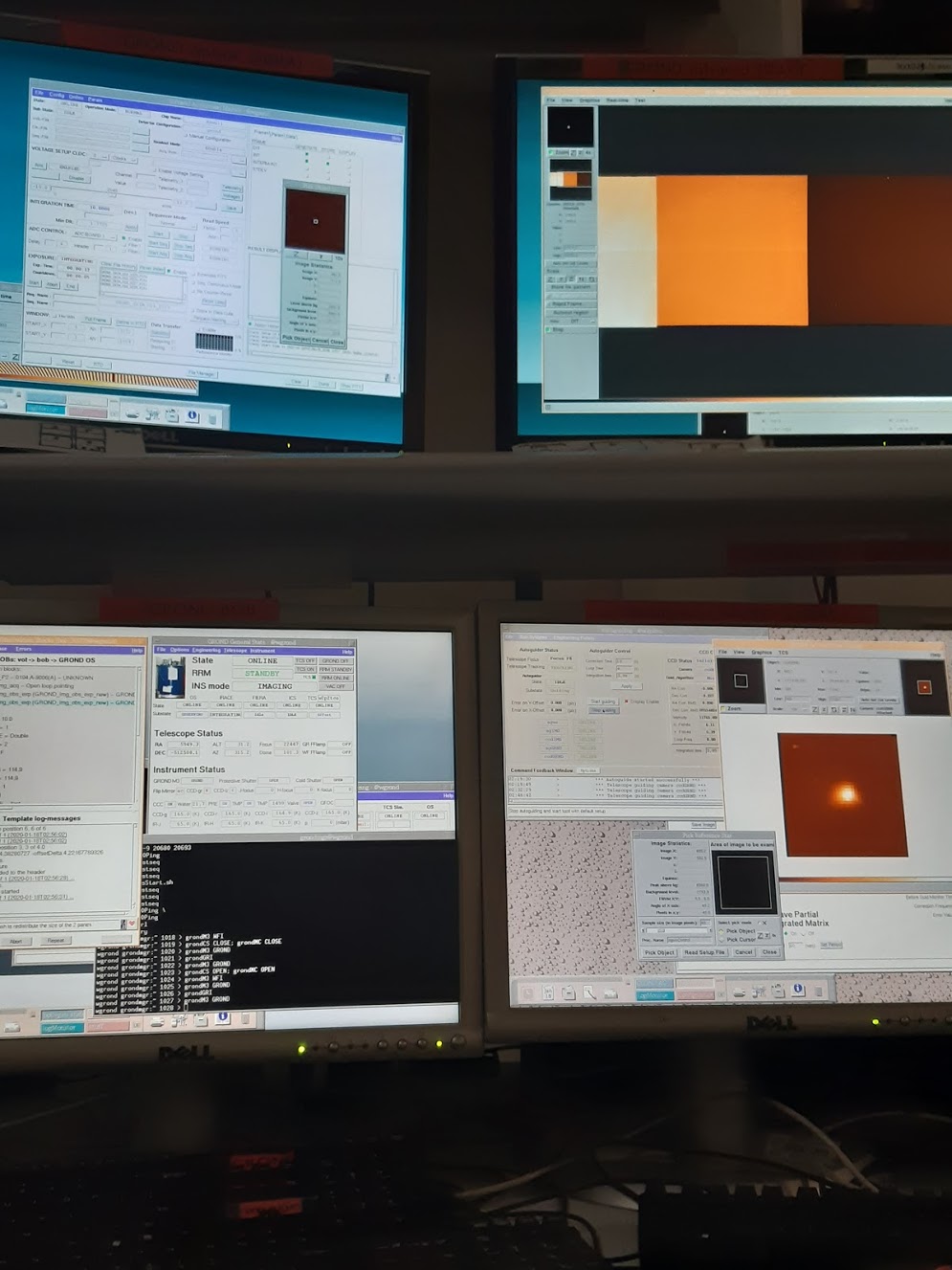
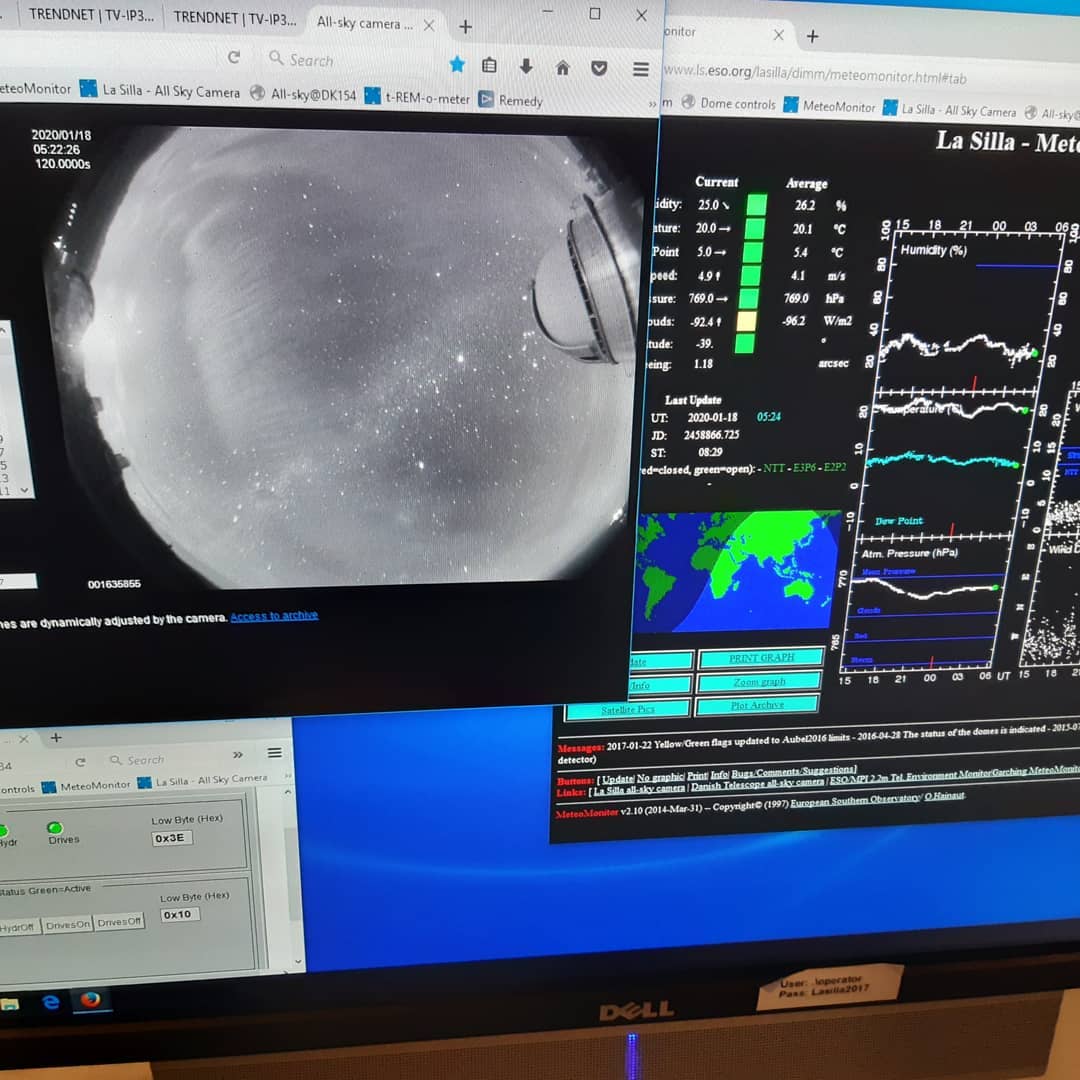
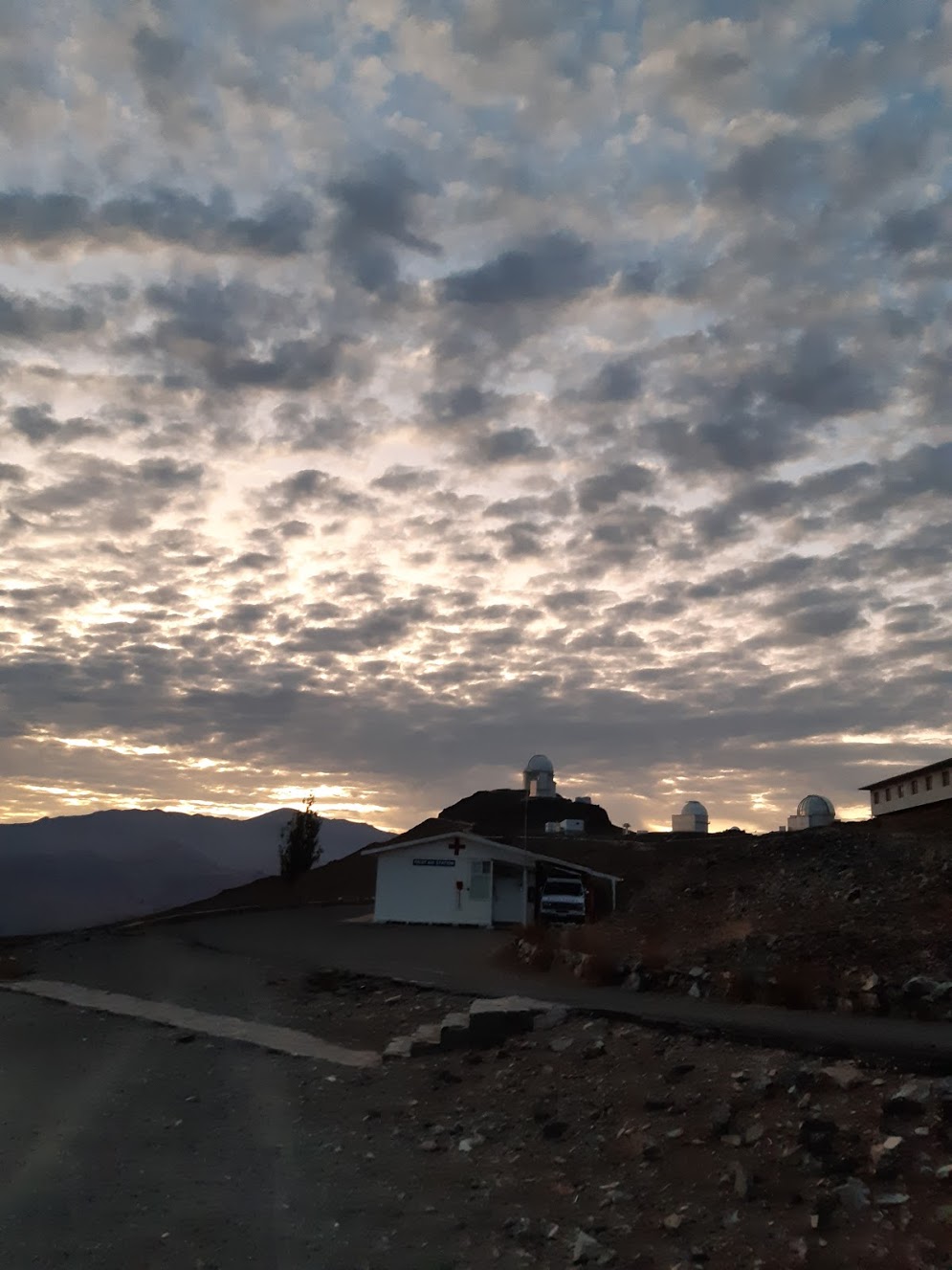
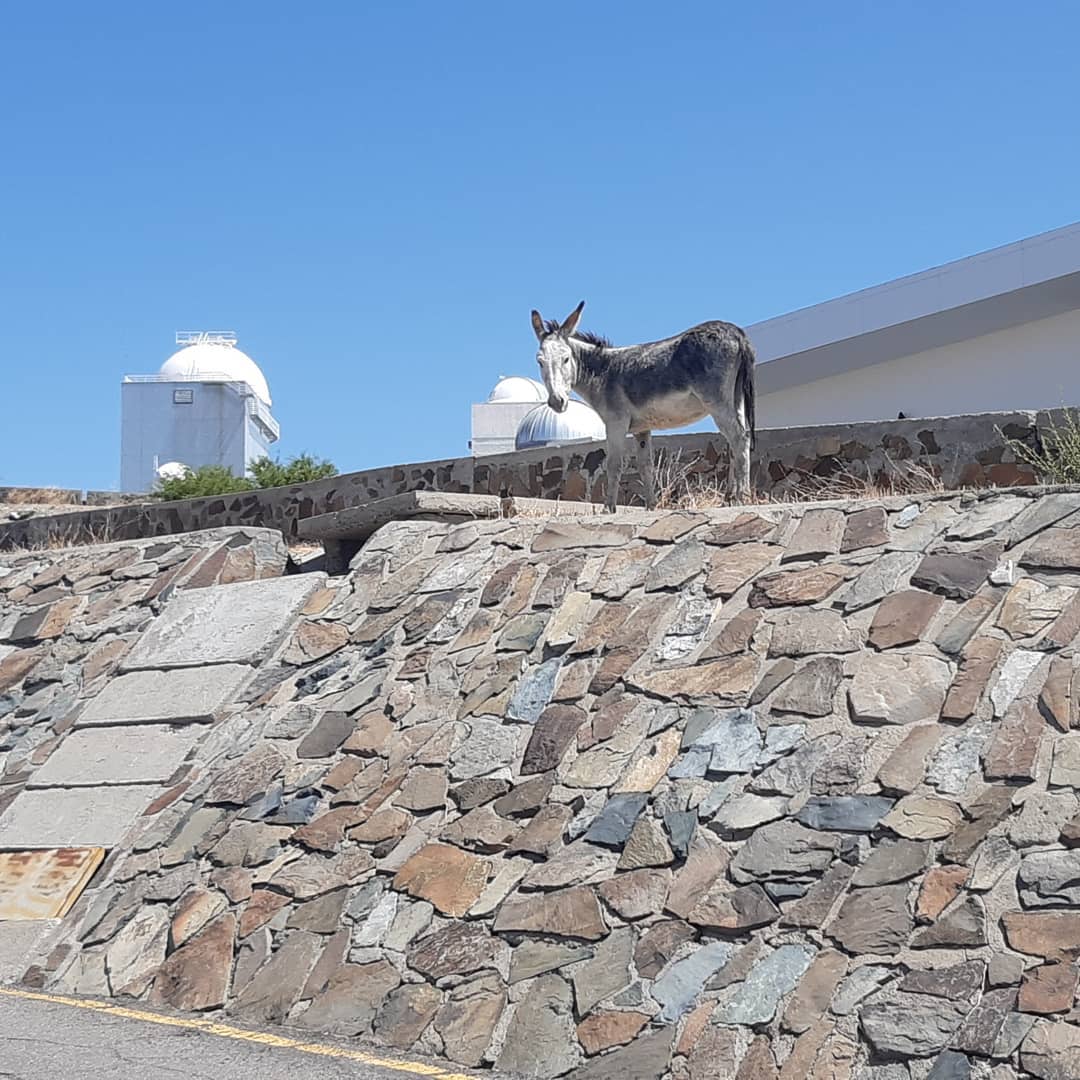
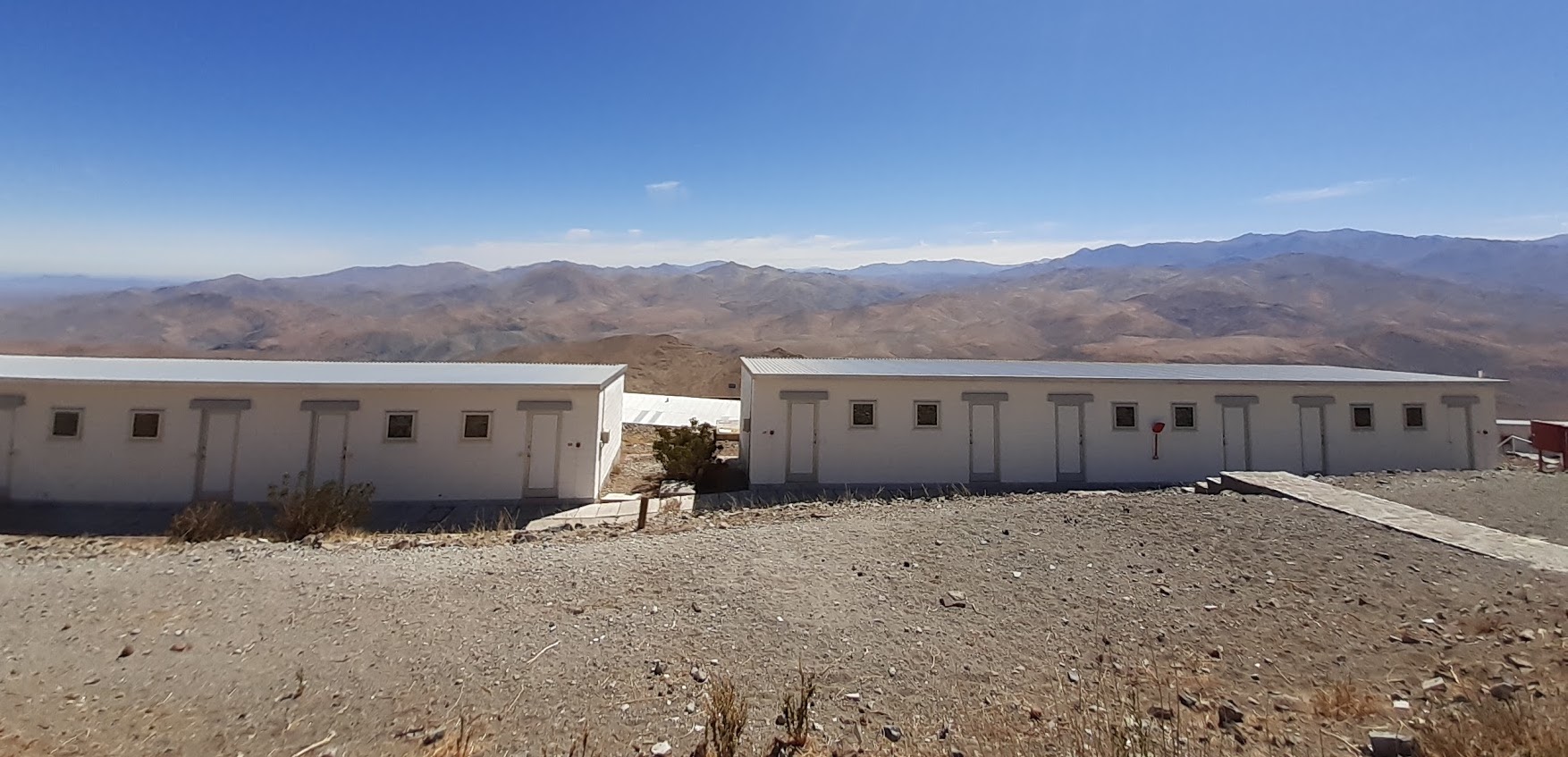


At Paranal are the four 8.2-m Very Large Telescope VLT. ESO hires astronomers who become experts on the telescopes at Paranal and observe all the science targets from accepted proposals. It is thus rare to have visiting astronomers outside of ESO, I was very lucky! Next call for proposals.
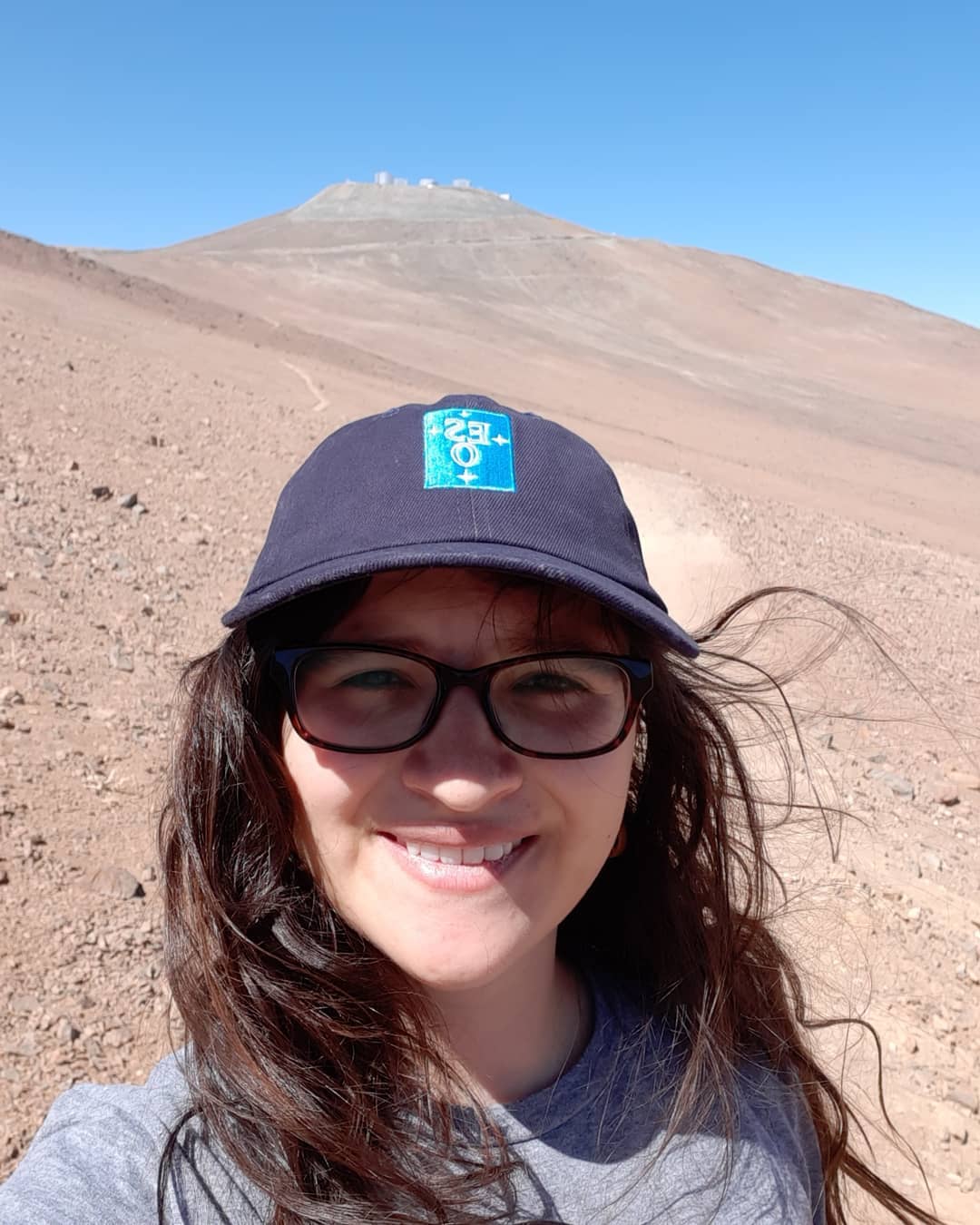
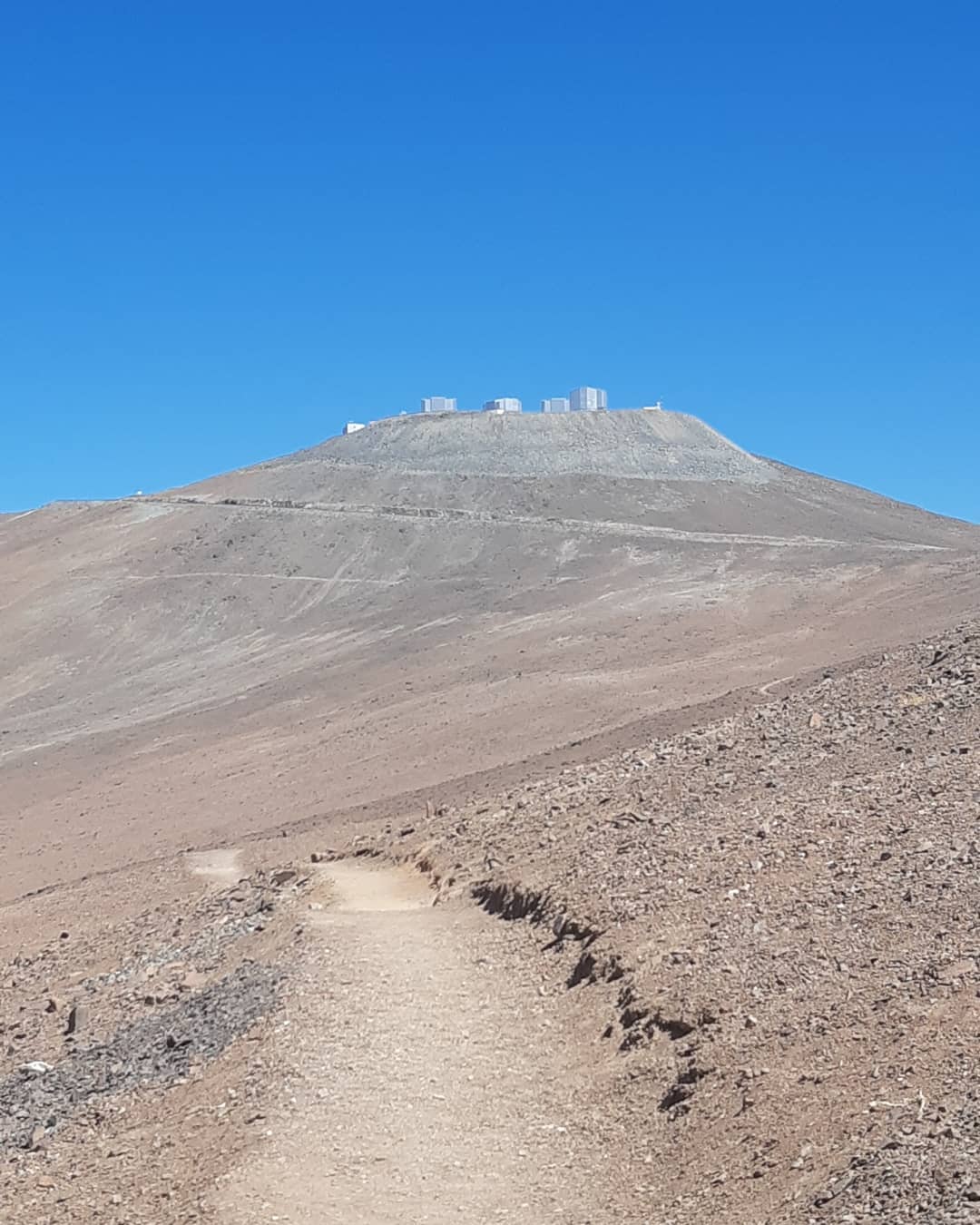

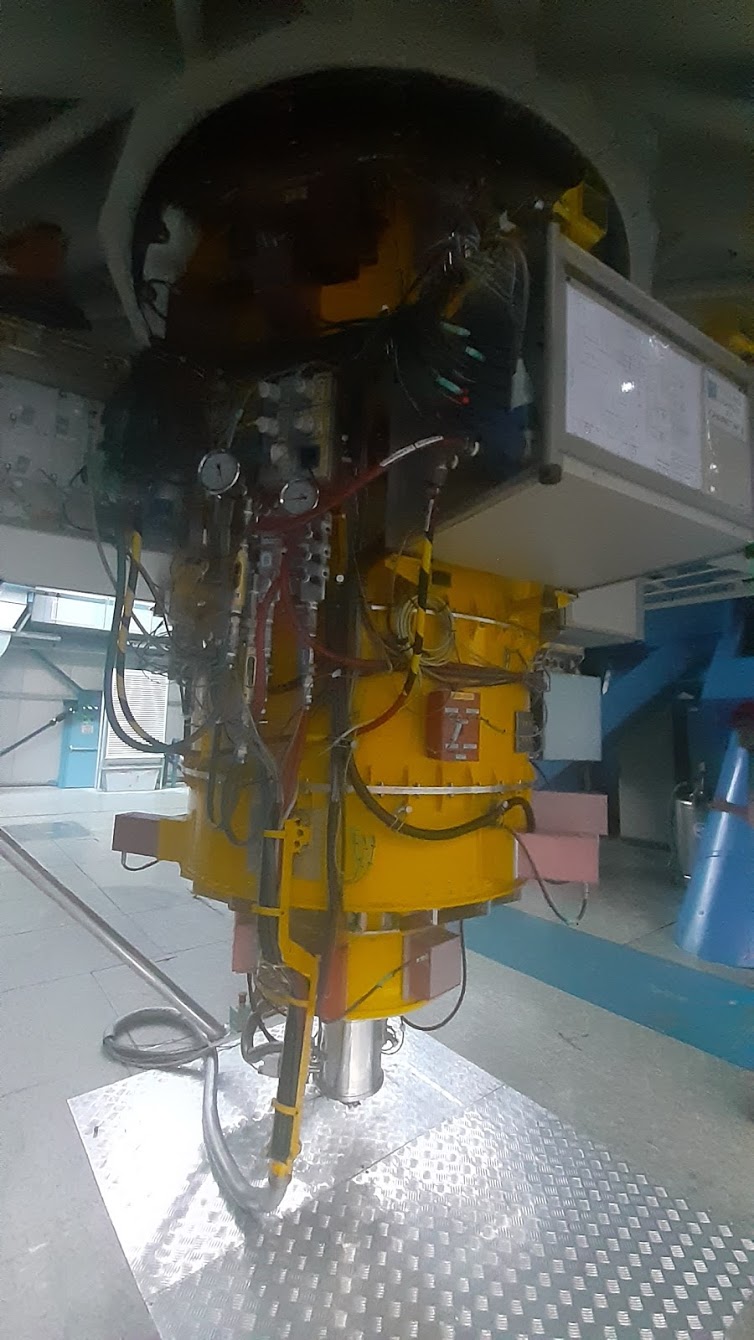
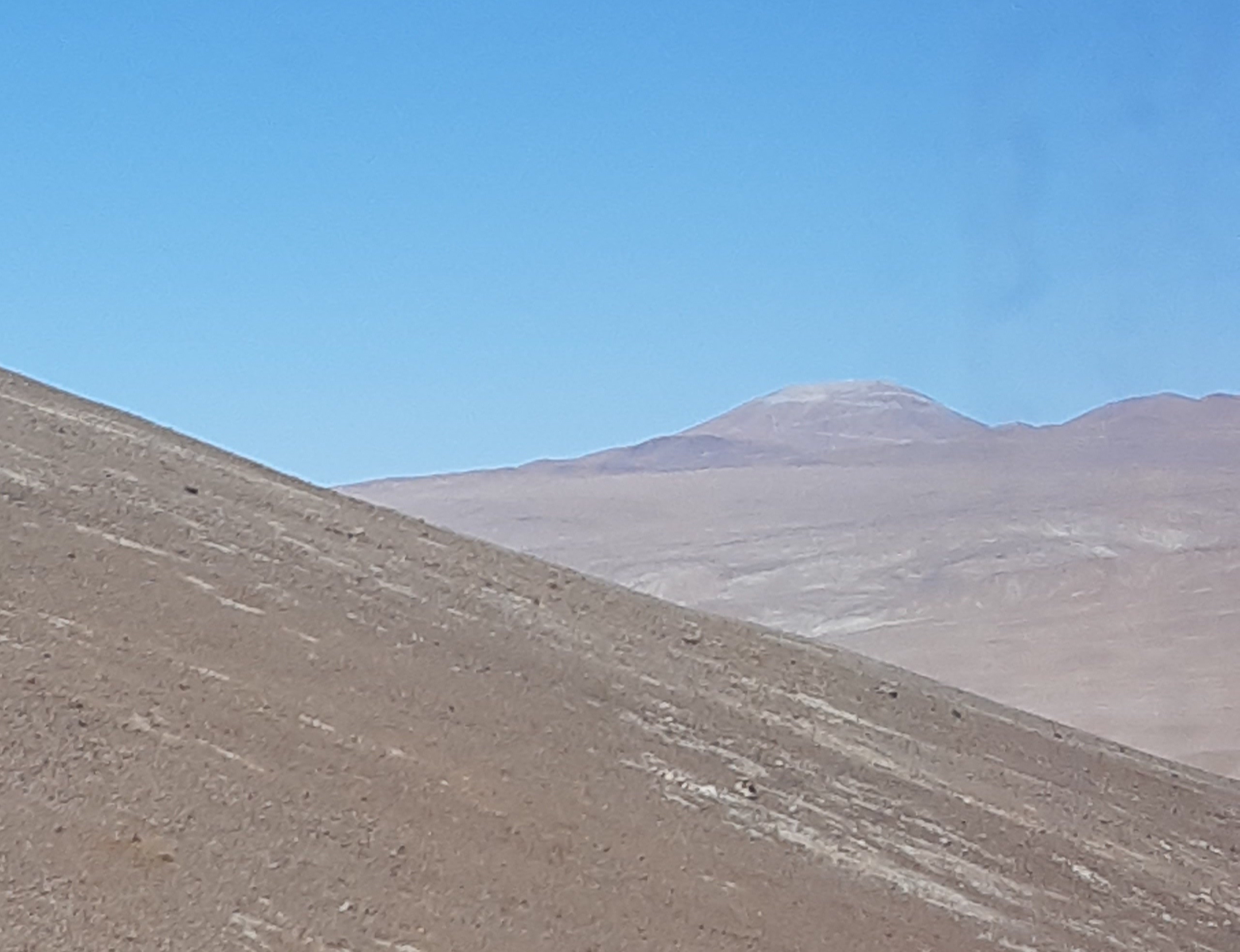
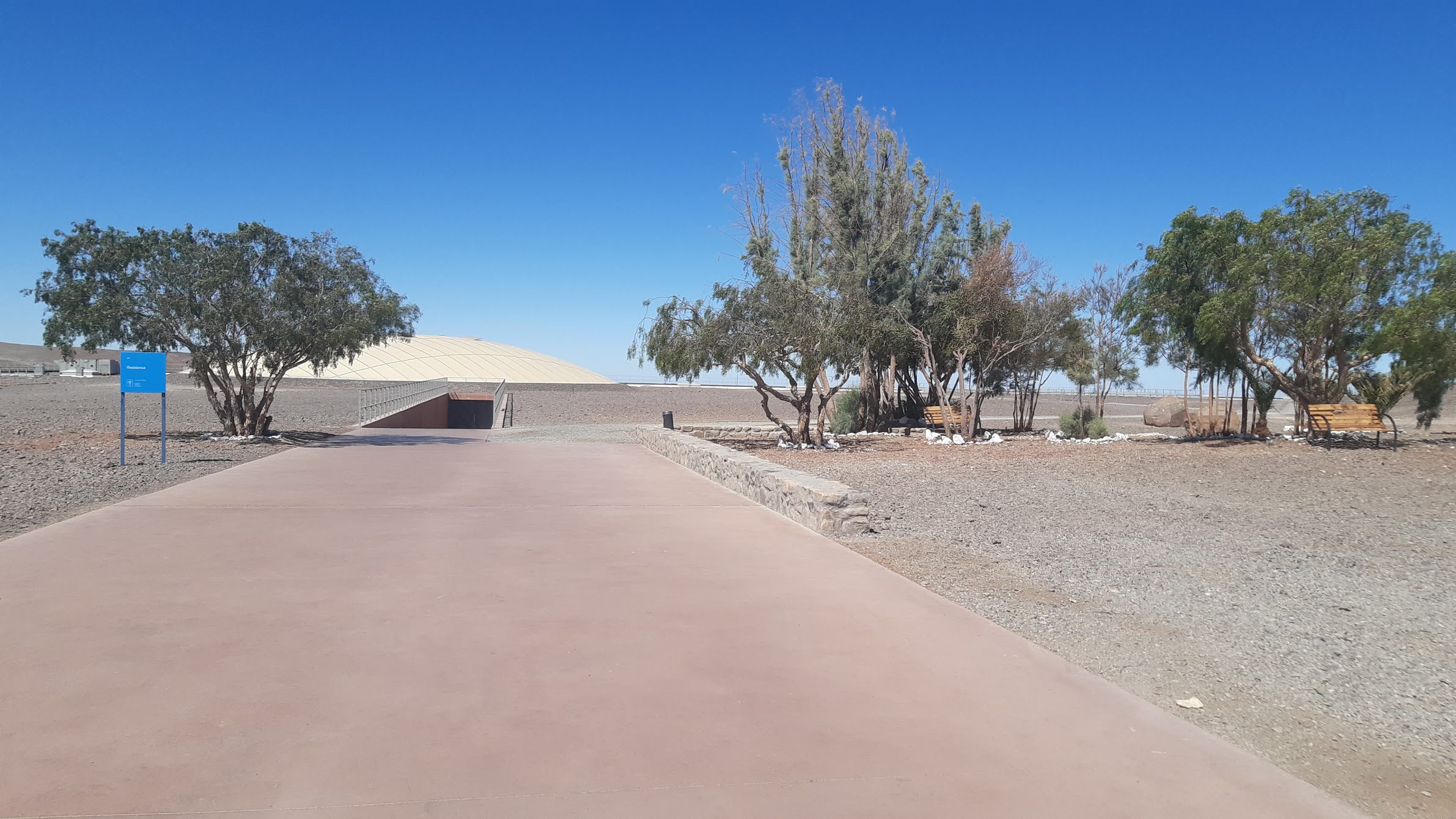
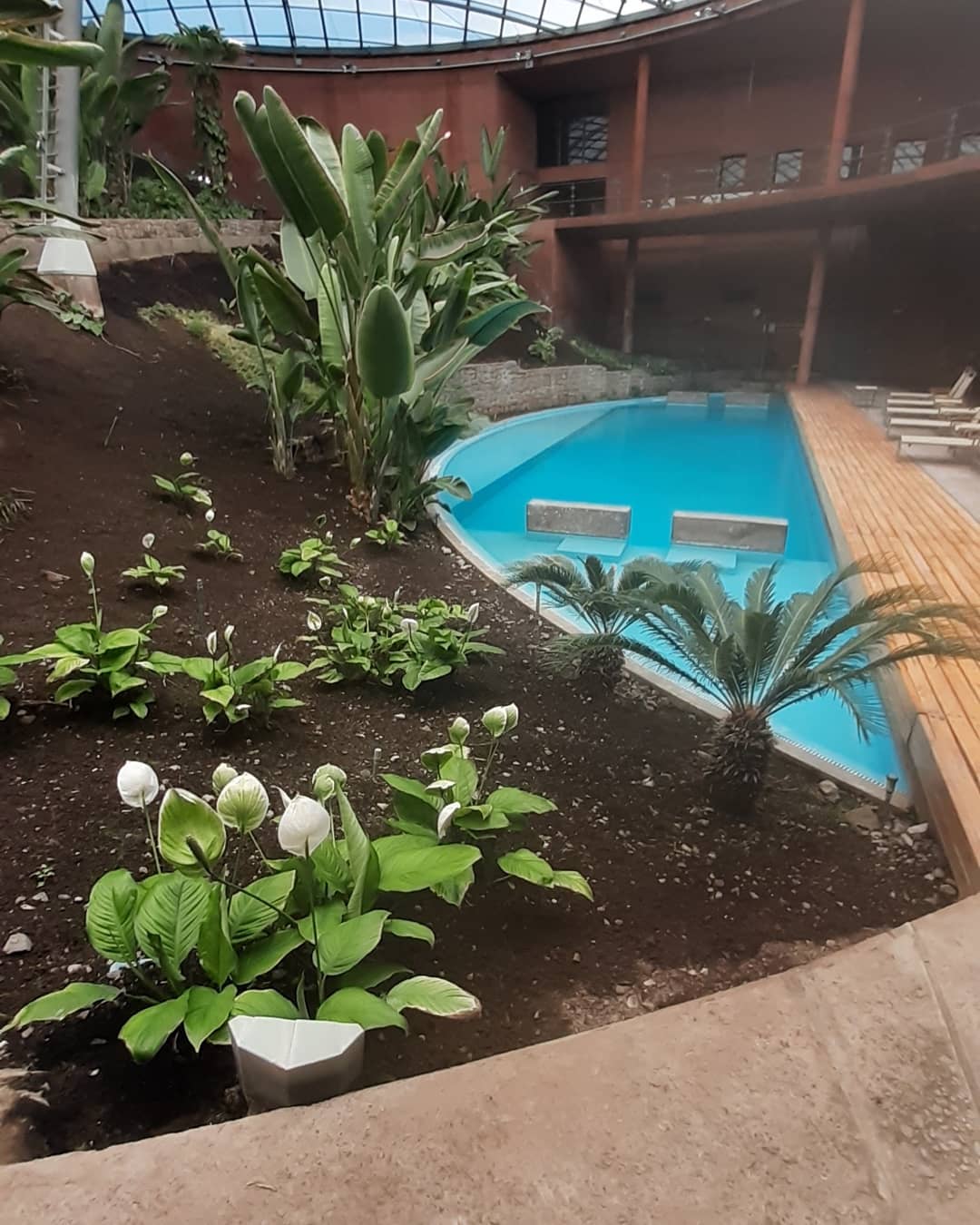
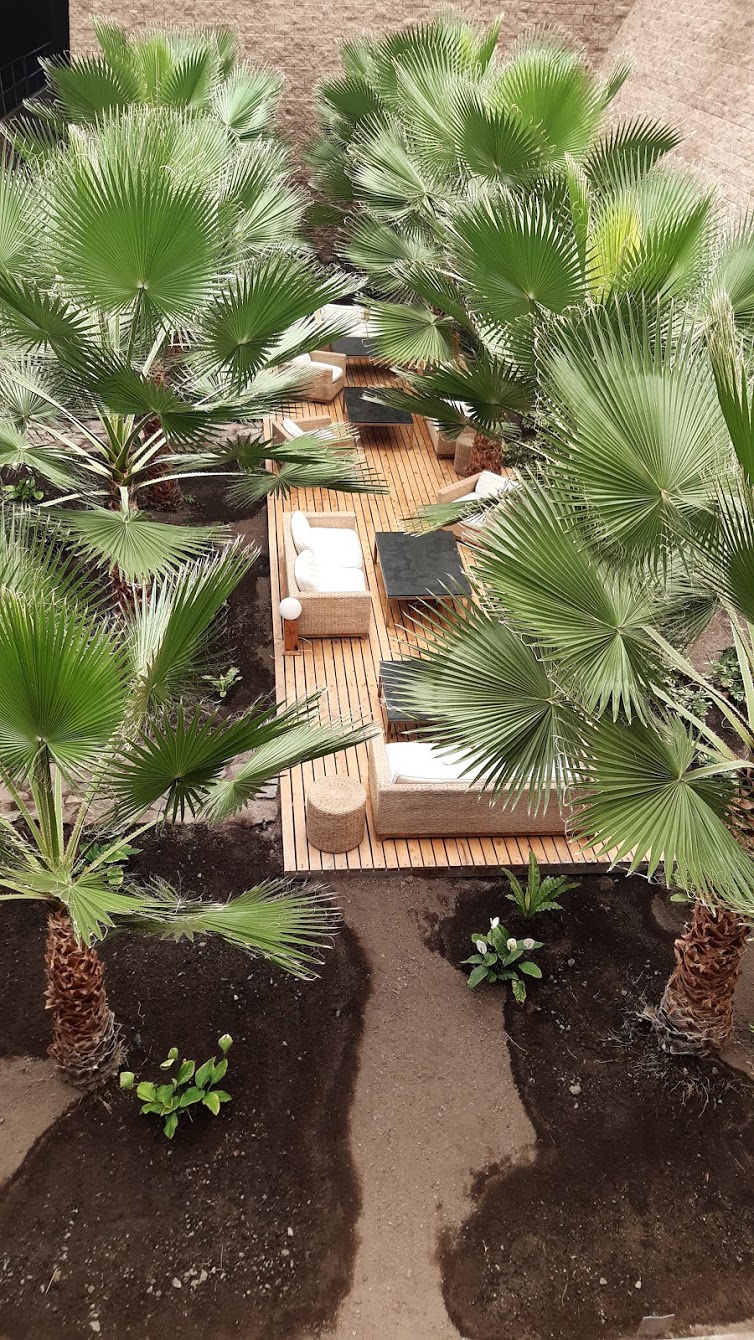
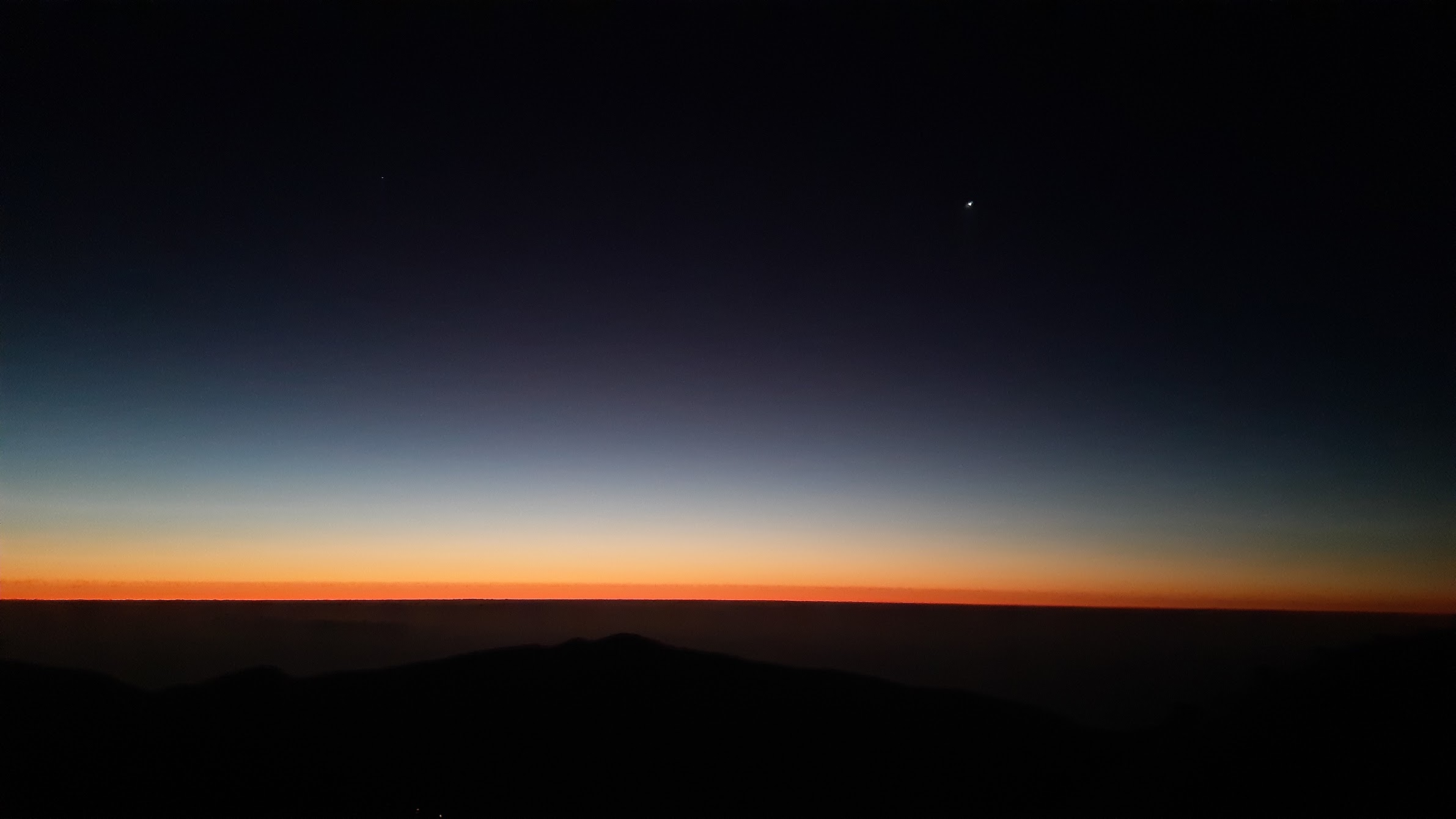
Located in the Quiet Zone of West Virginia, U.S. All radio signals that could intervene with our observations are banned. We shall not use a microwave or turn on our phones, so all my photos were taken with a Kodak disposable camera (forgive resolution.) Next call for proposals
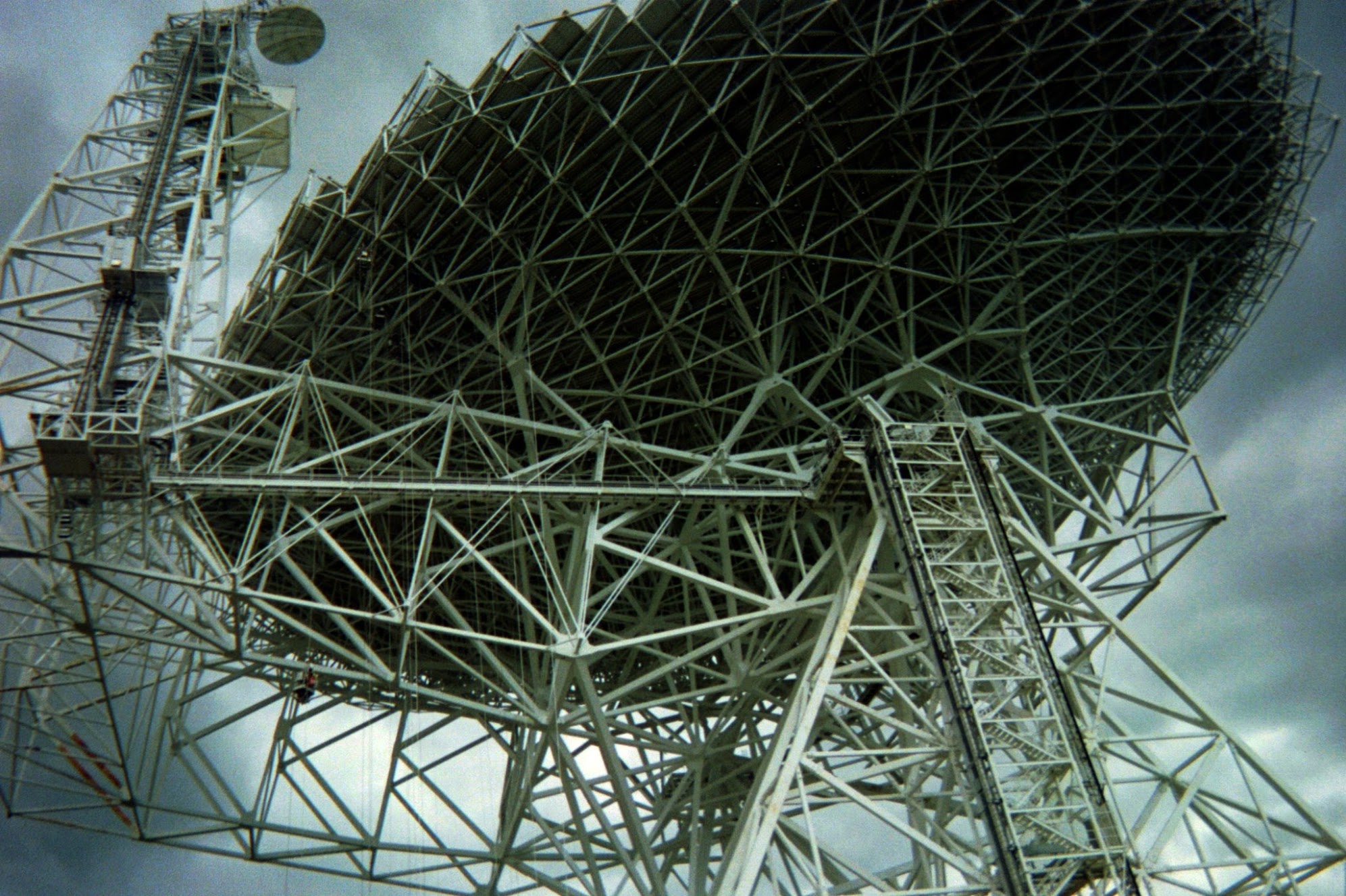
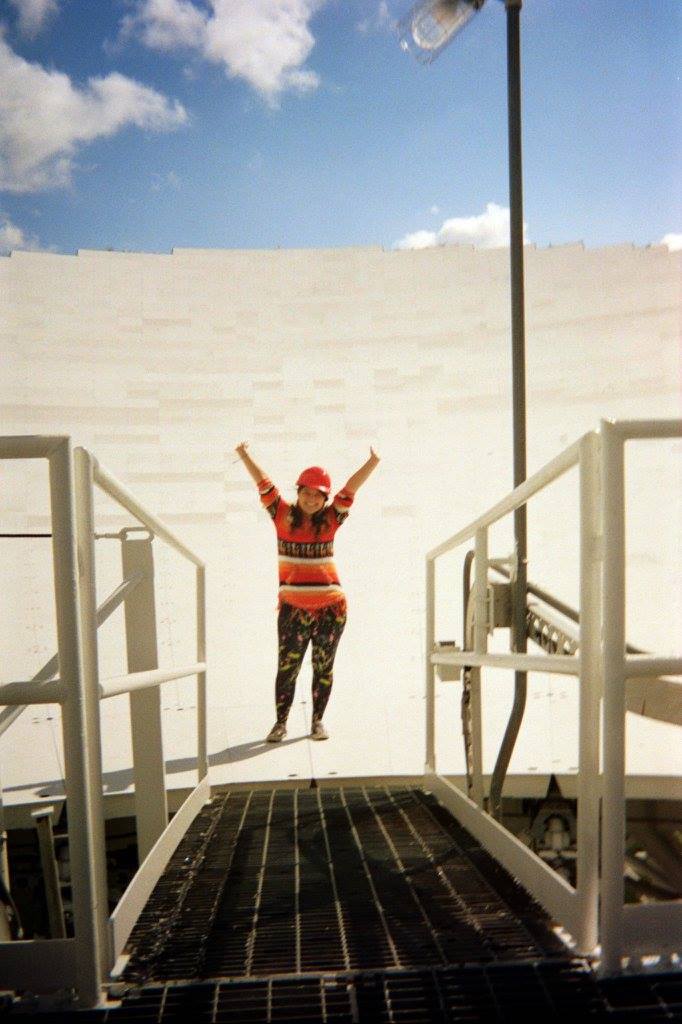
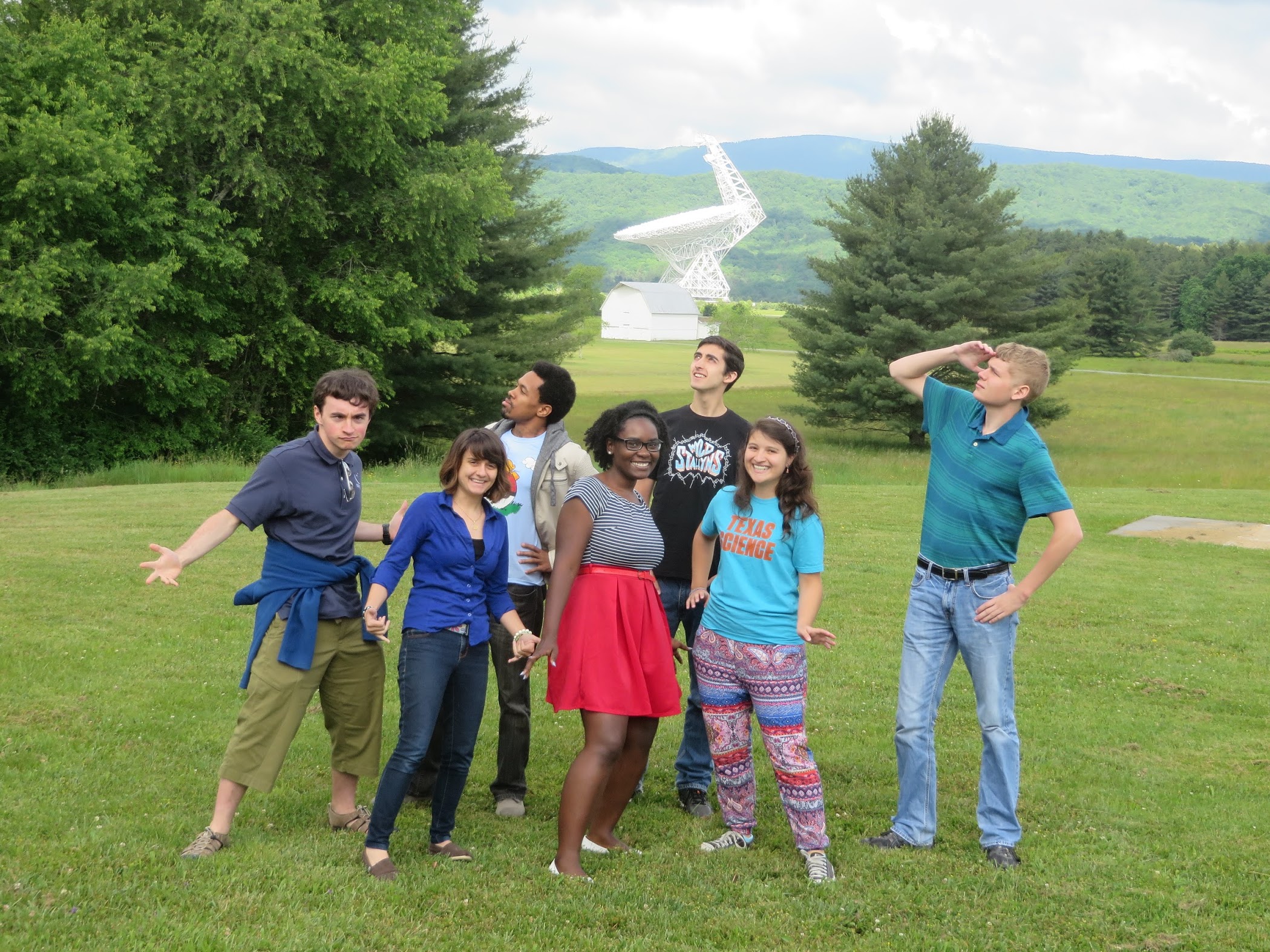
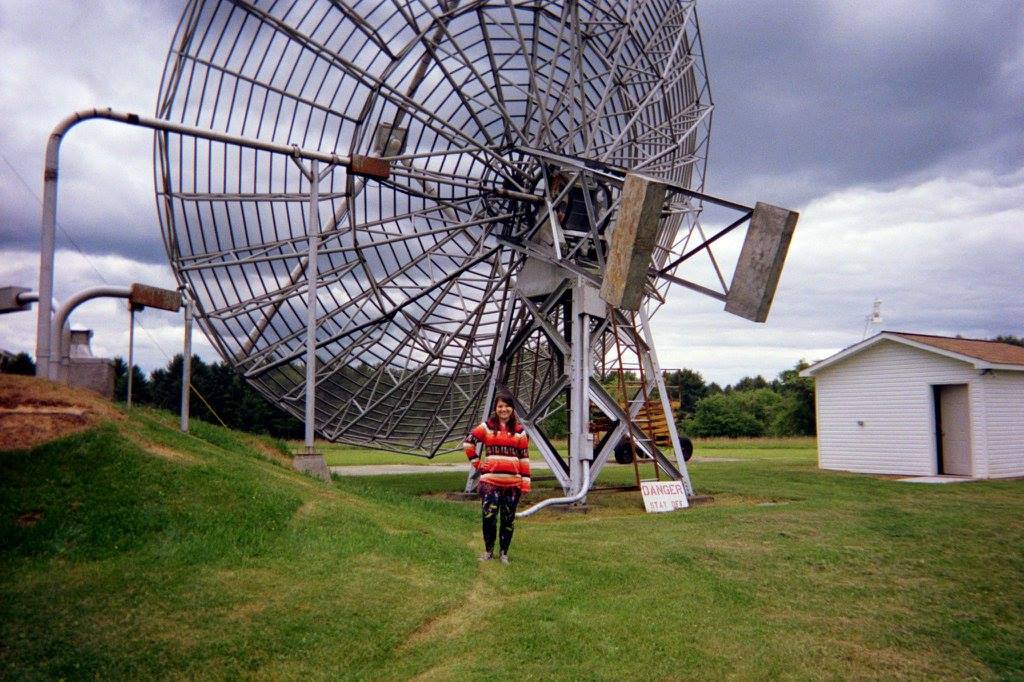
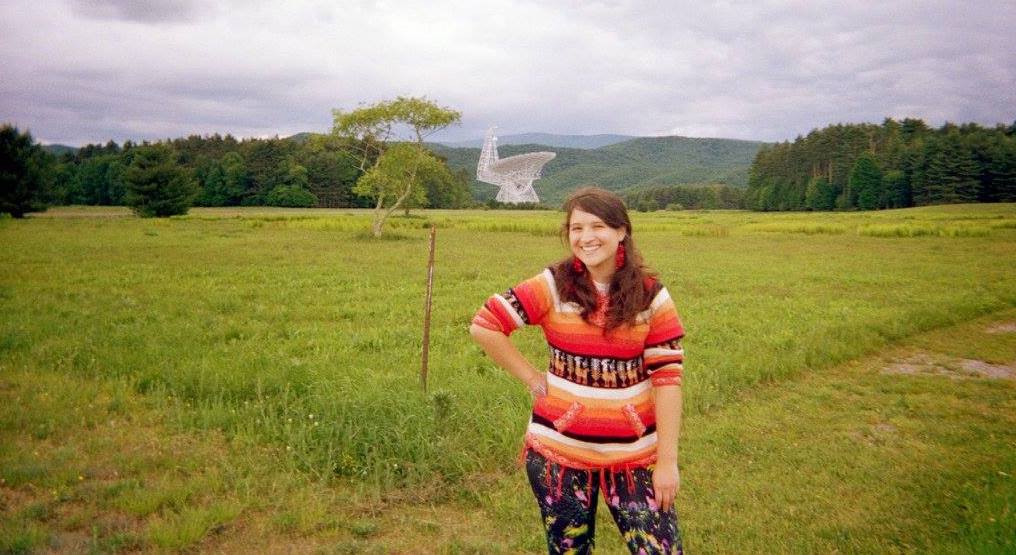
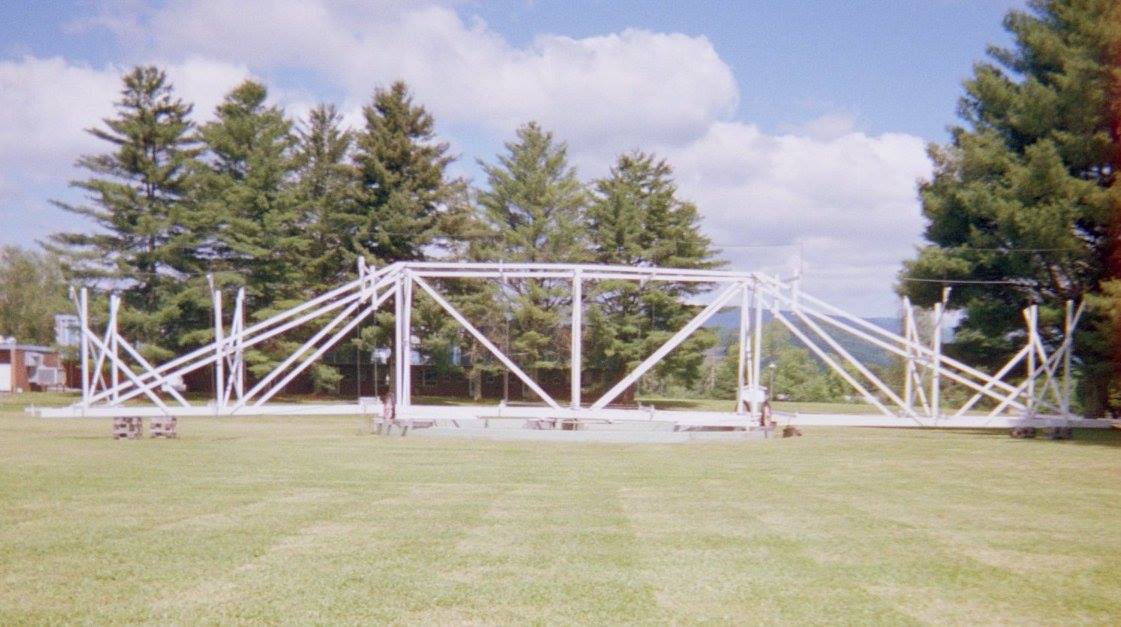
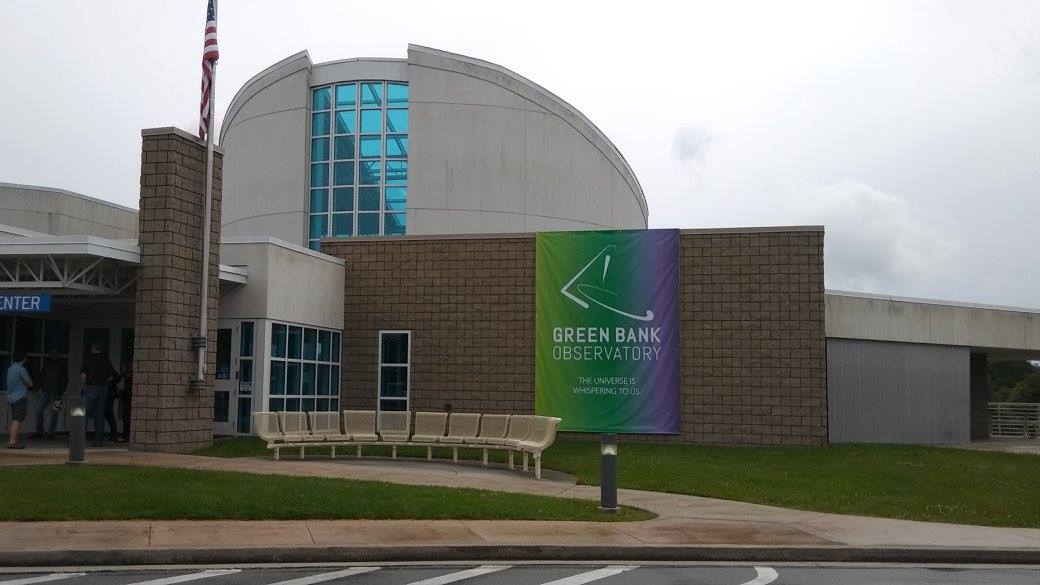
What is better than a single dish? An array of 27 antennas observing the target at the same time, creating a single telescope that can vary in size from 1 km to 35 km in diameter, depending on the location of the antennas. Operated by NRAO and located in beautiful New Mexico. Next call for proposals
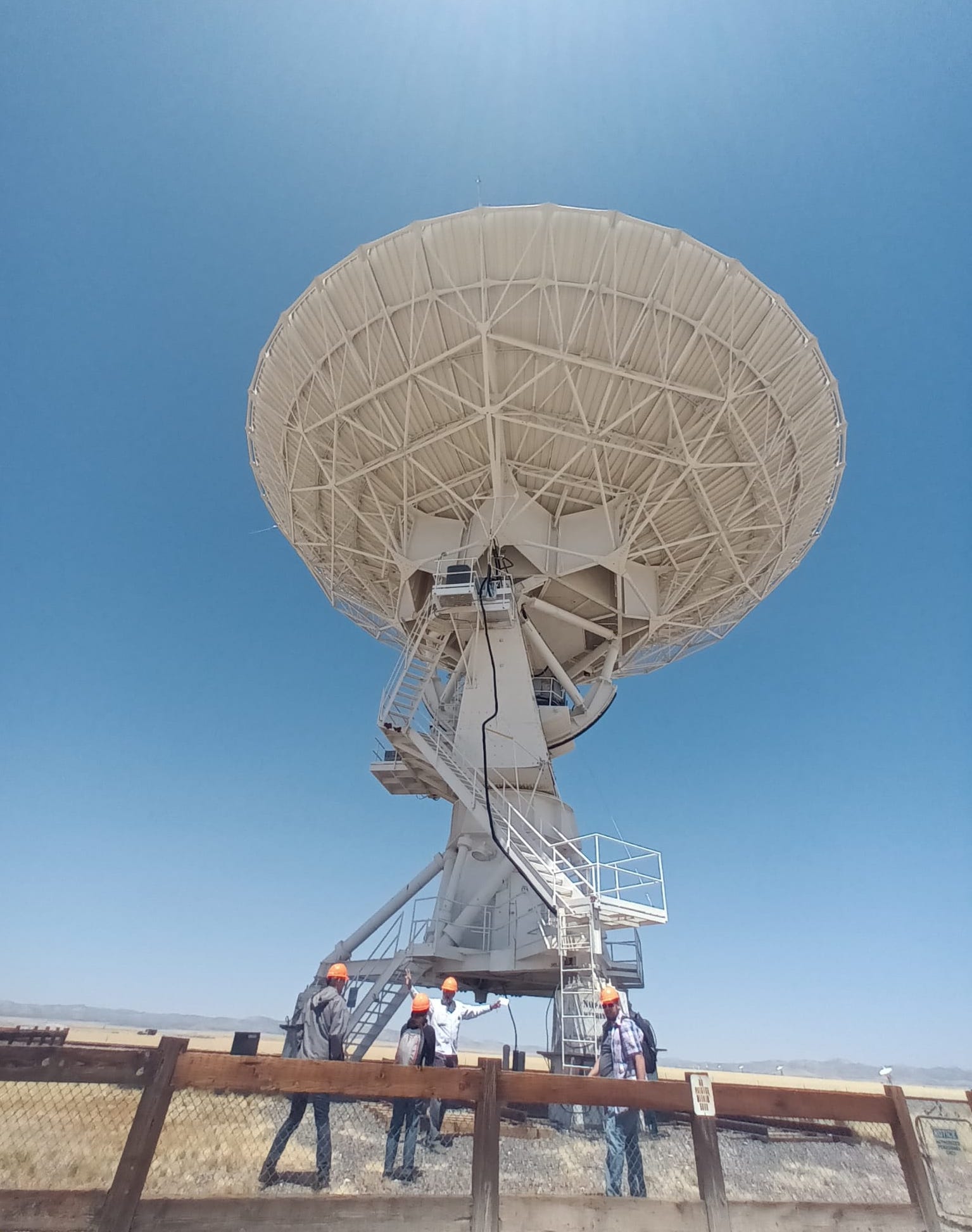
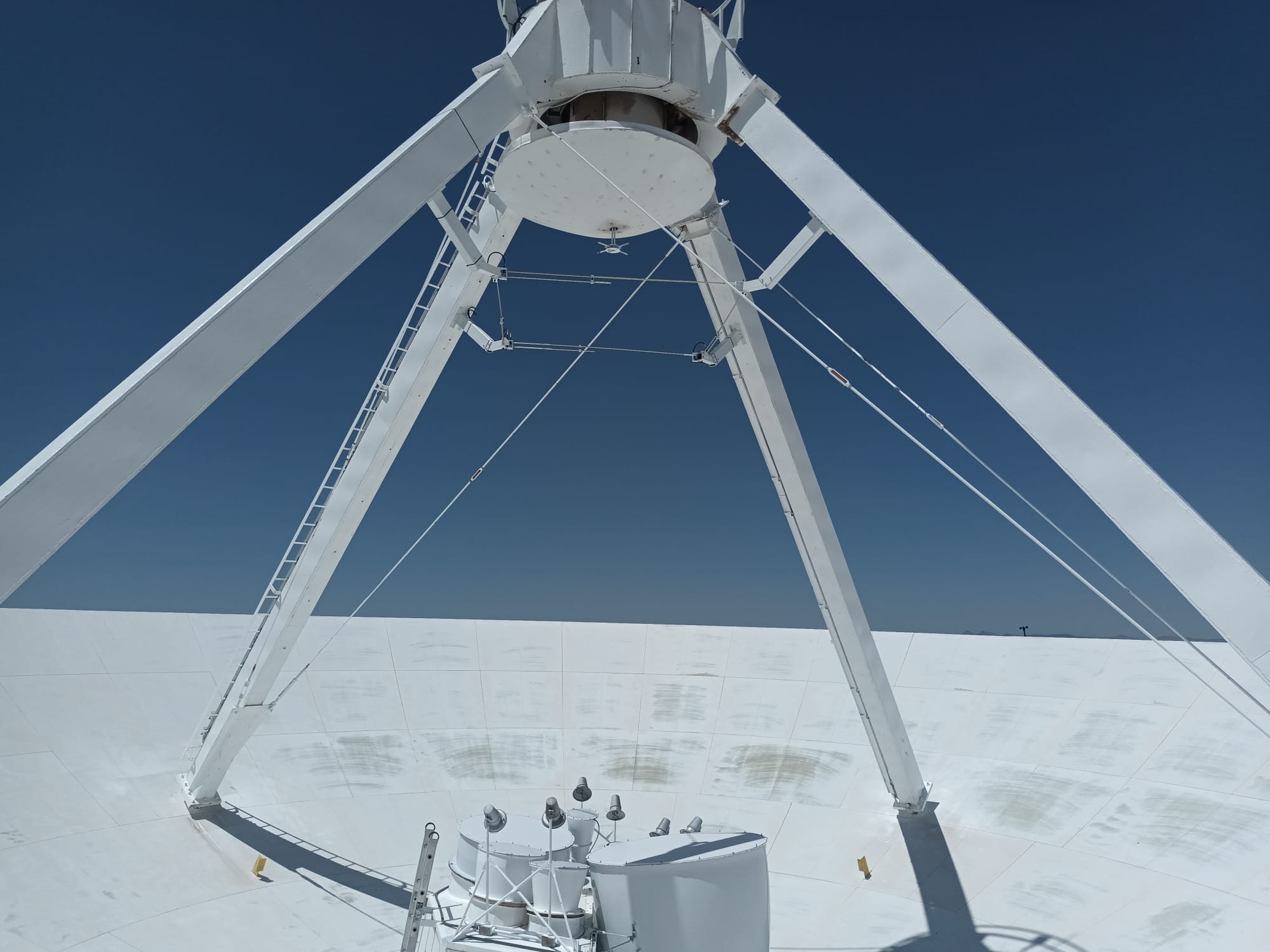

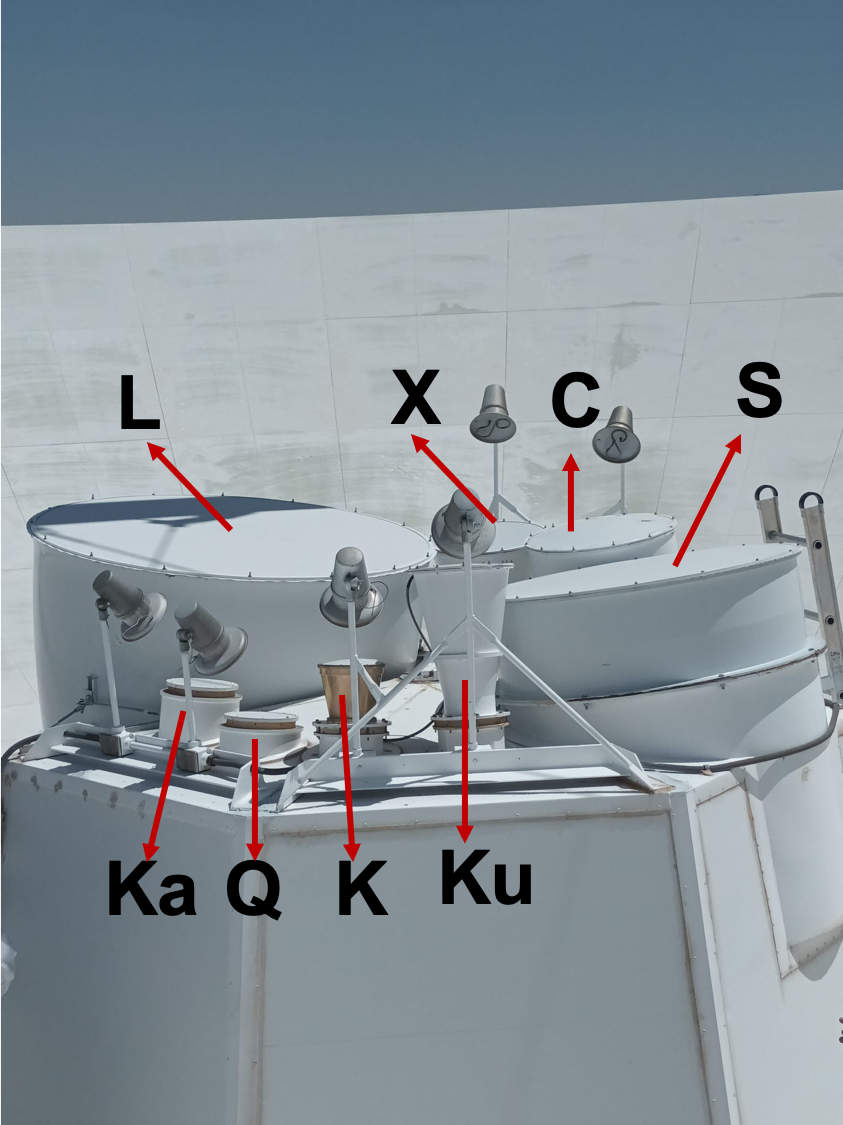
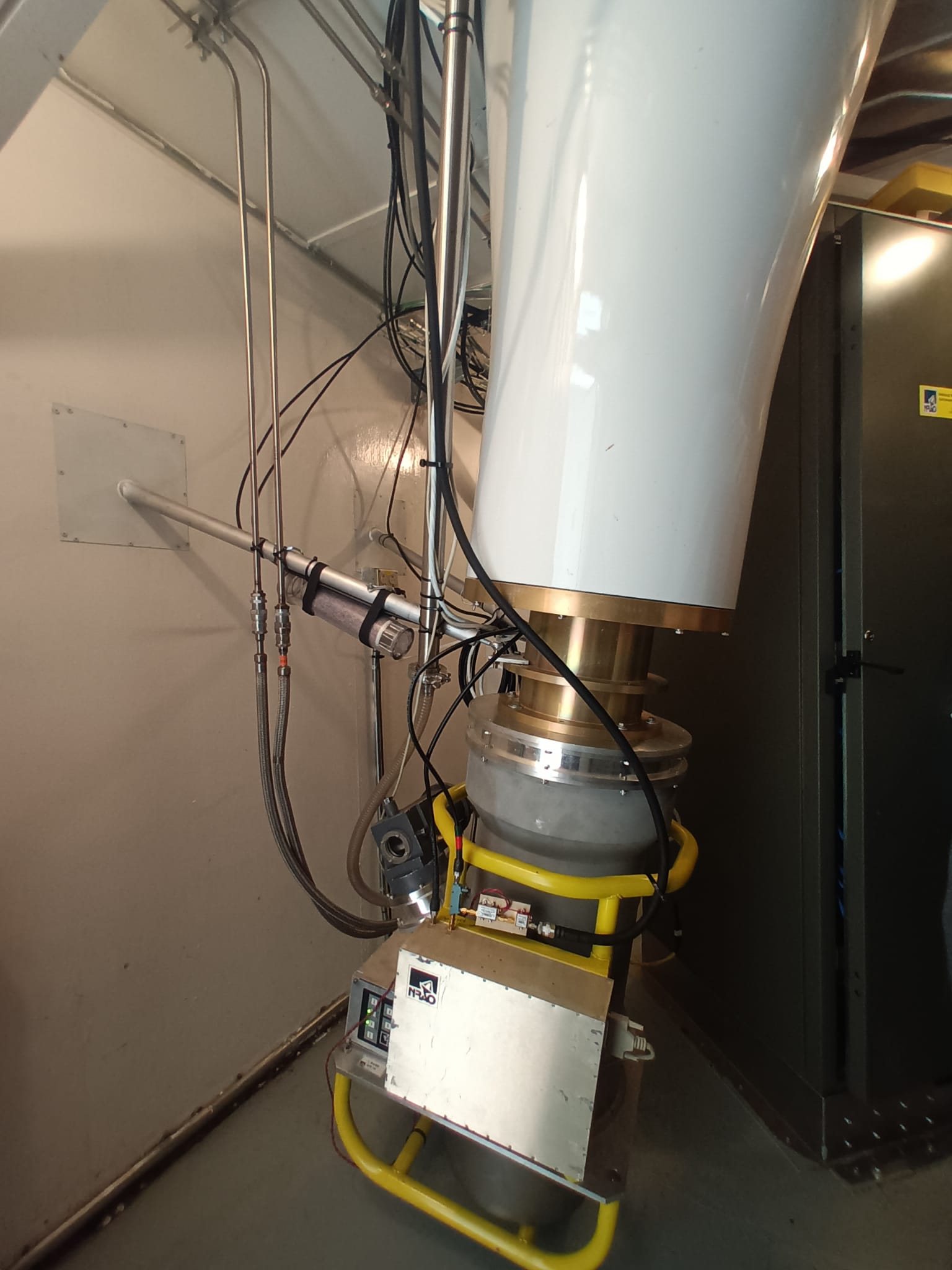
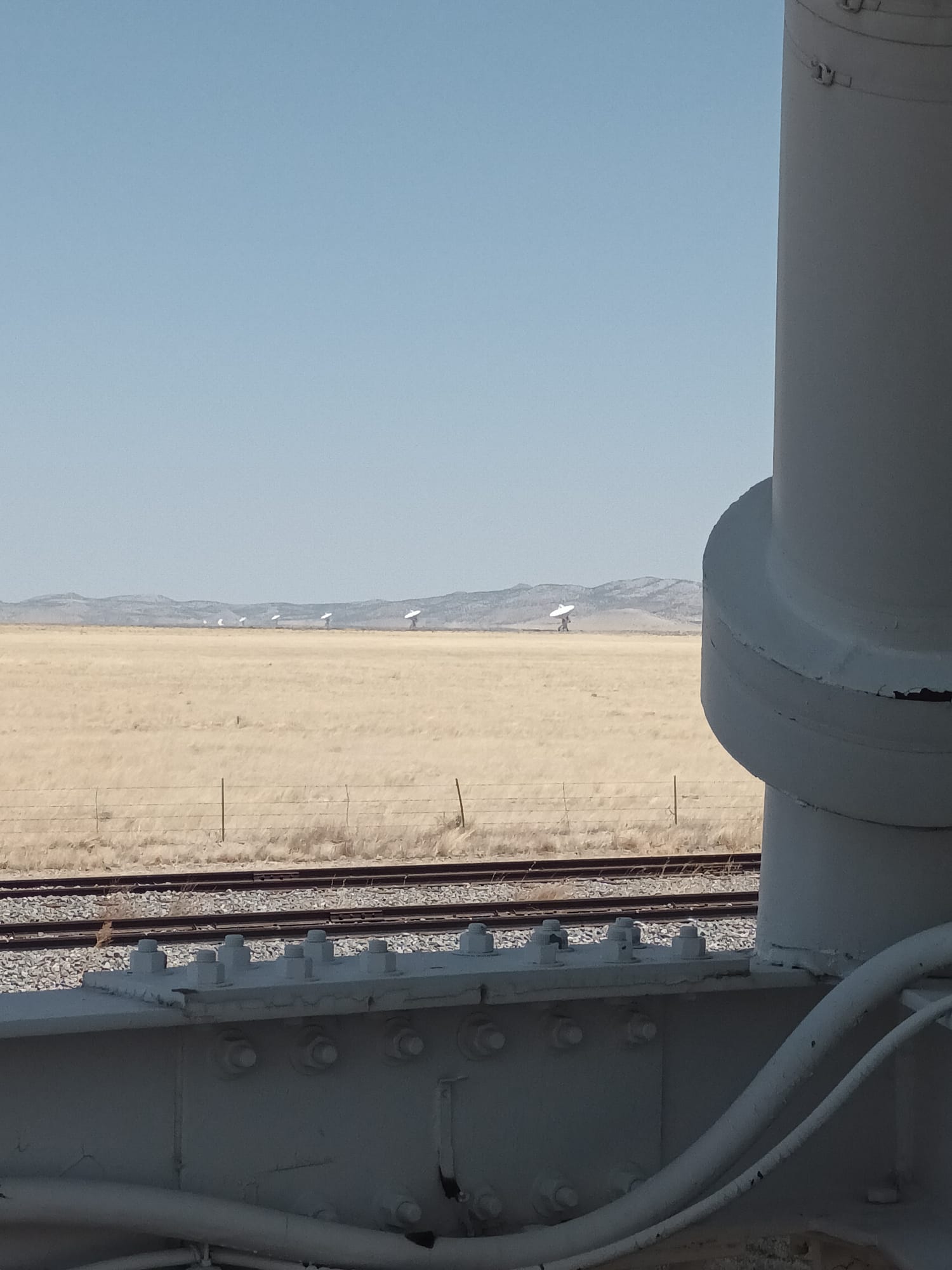
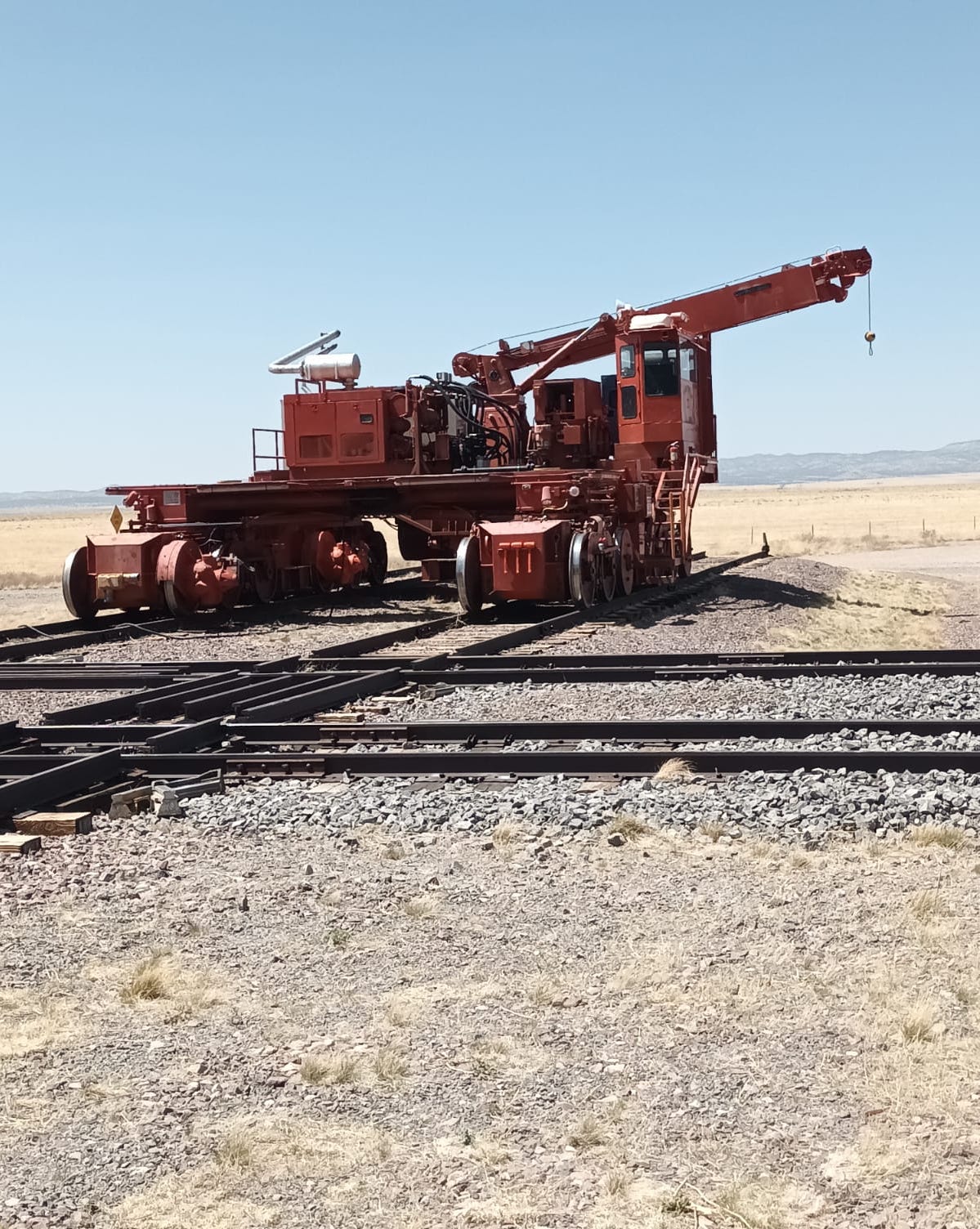

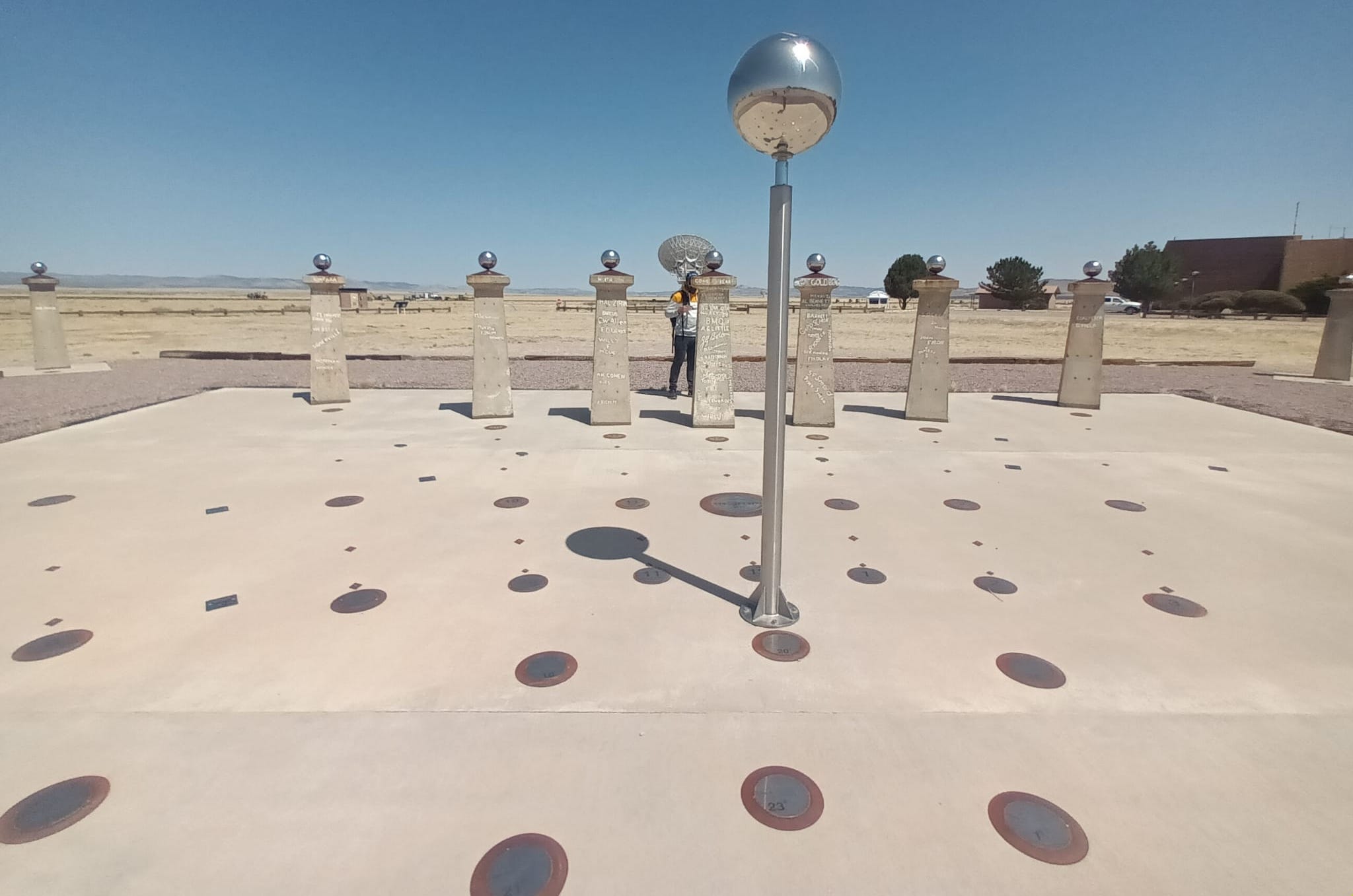
The Observatory is part of the
National Optical Astronomy Observatory
NOAO. It is a city of telescopes in the
Kitt Peak mountains of Arizona as it hosts
over 20 telescopes of different sizes and for various astronomical objectives.
Telescopes info and calls for proposals.
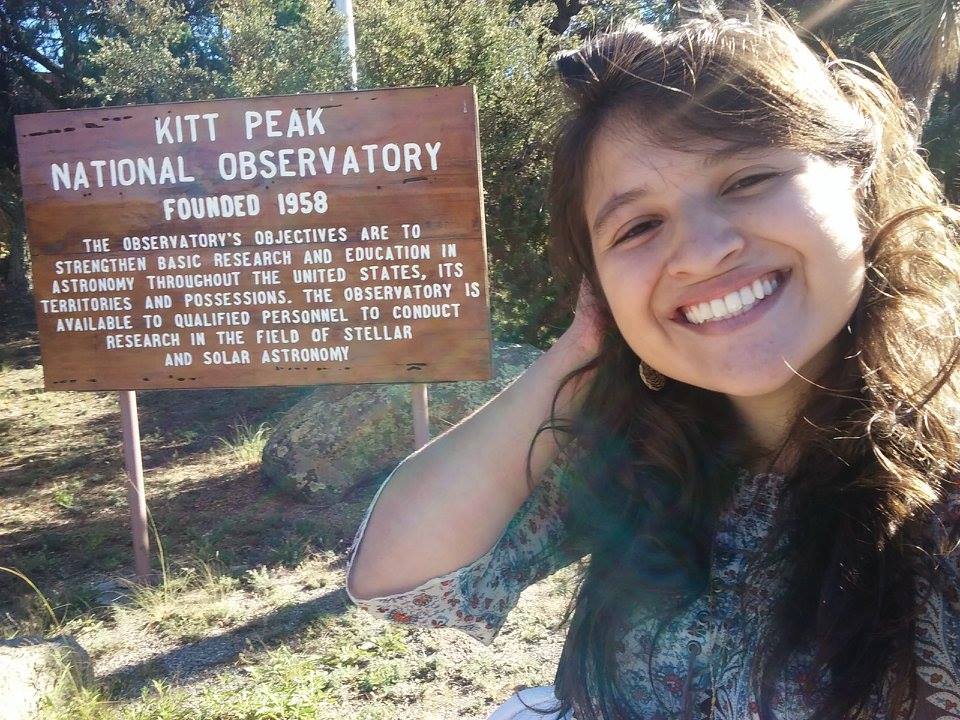

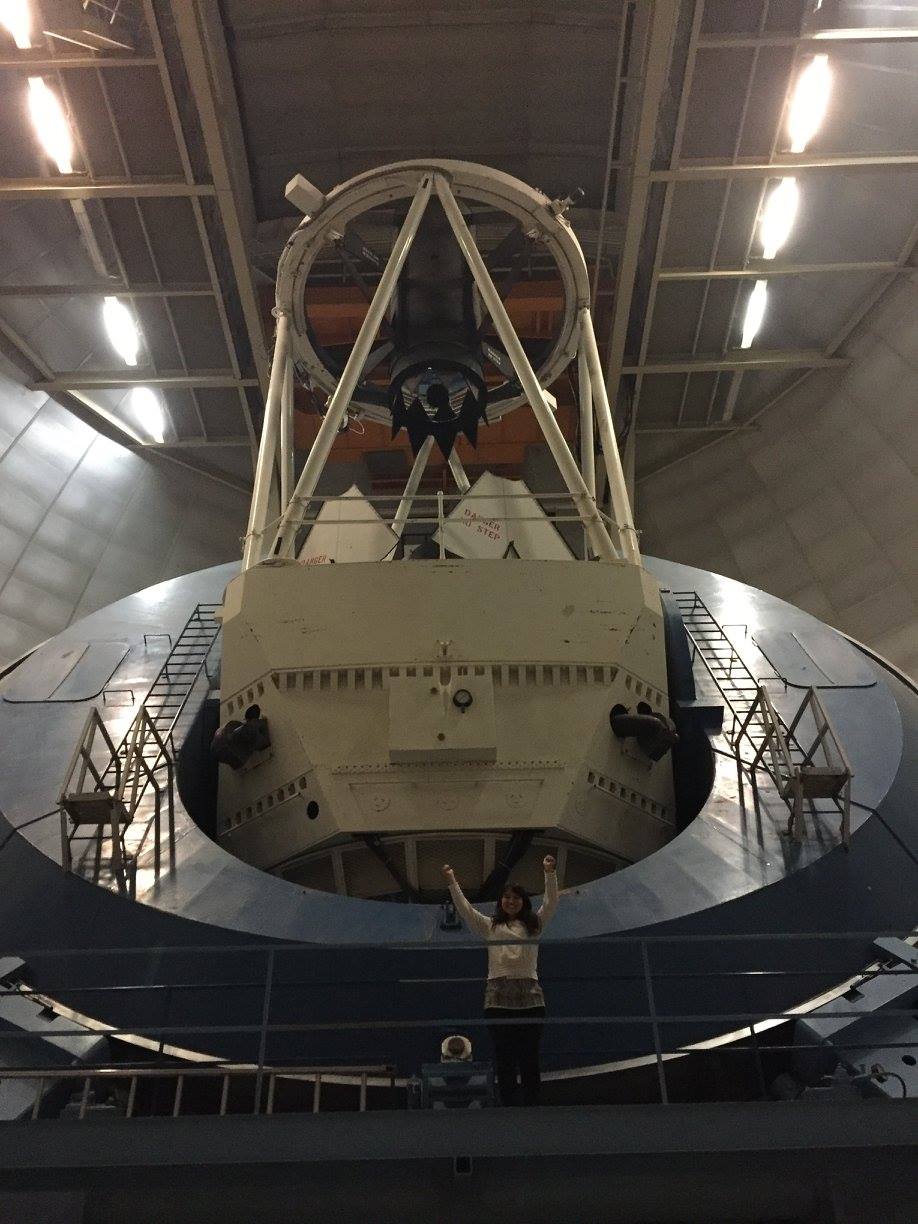
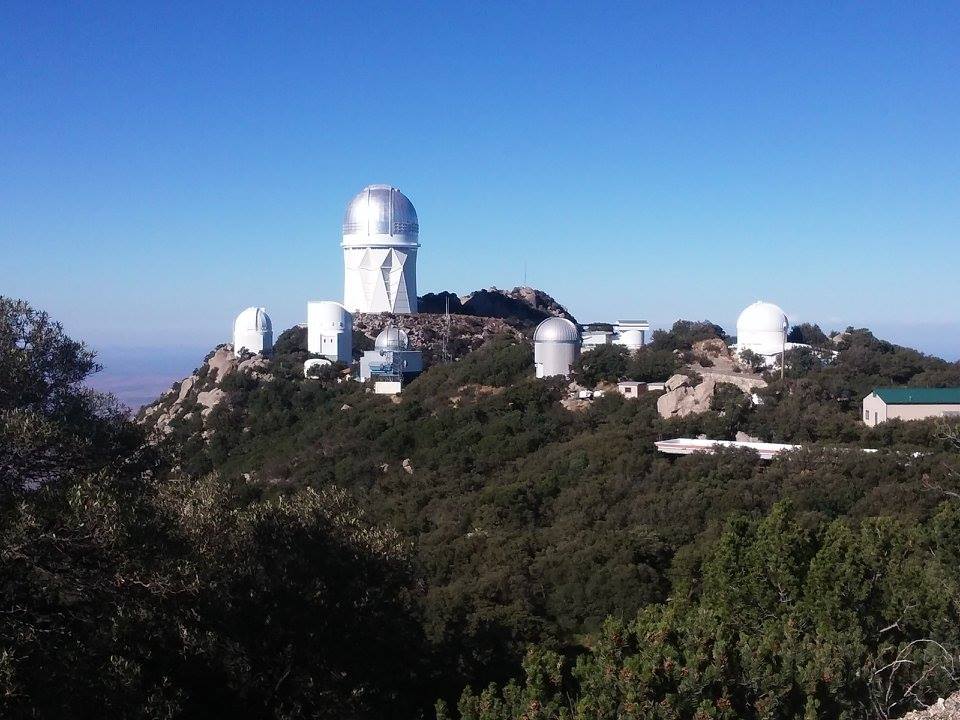
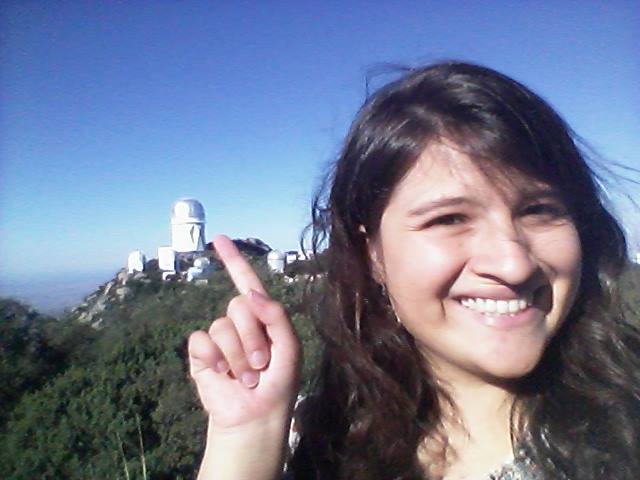
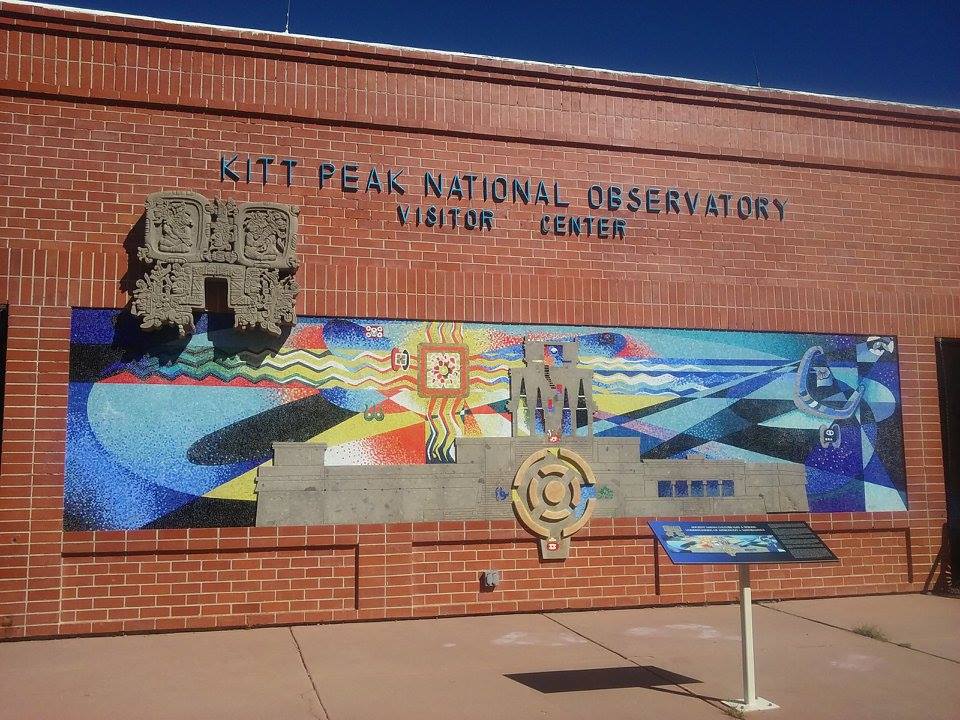
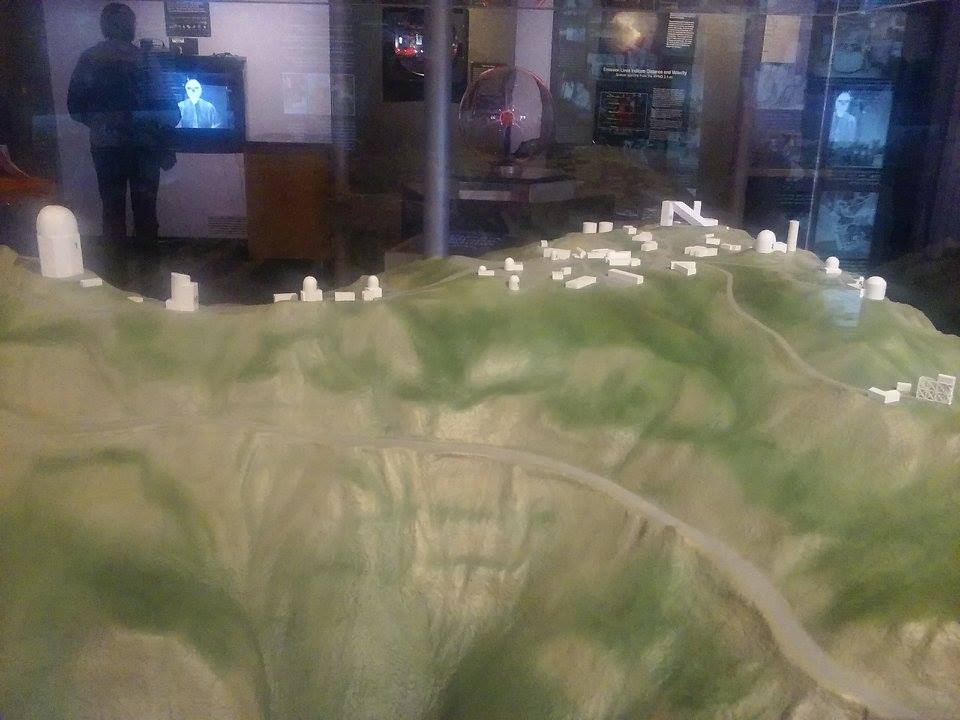
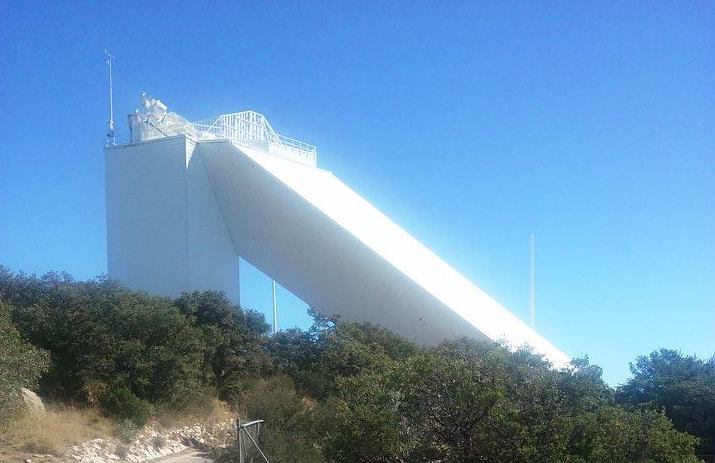
Owned by The University of Texas at Austin and located in West Texas, this is the first observatory I ever visited. All UT astronomy undergradutes have the opportunity of going on observing nights either for research or outreach. There are five telescopes and calls for proposals are trimestral.
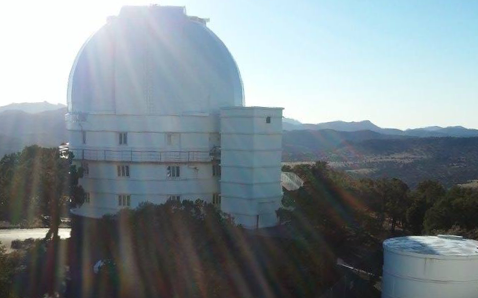
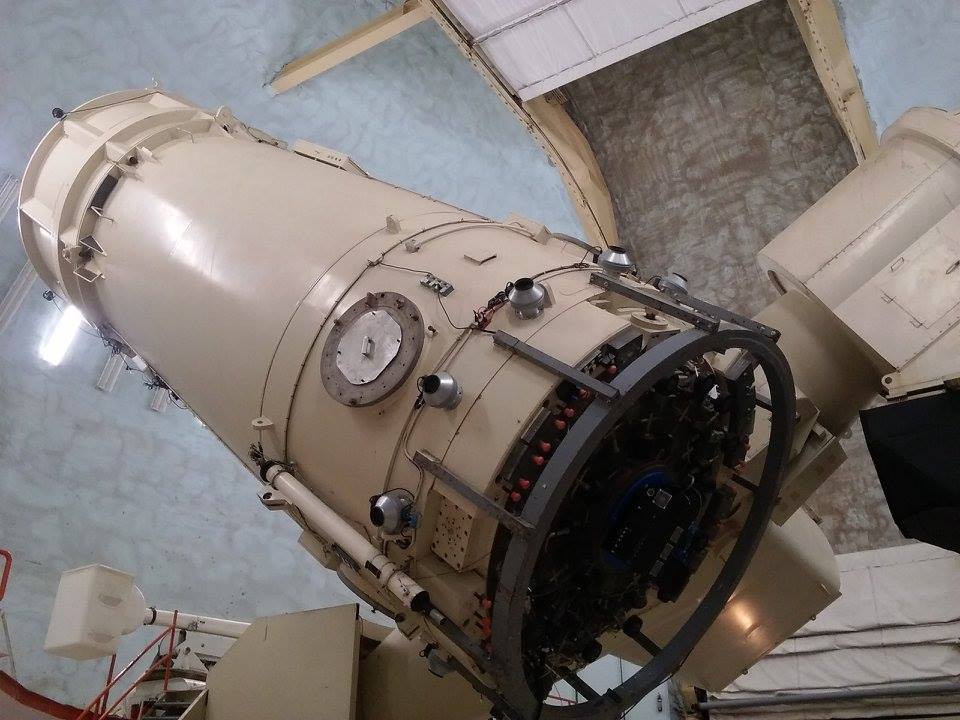
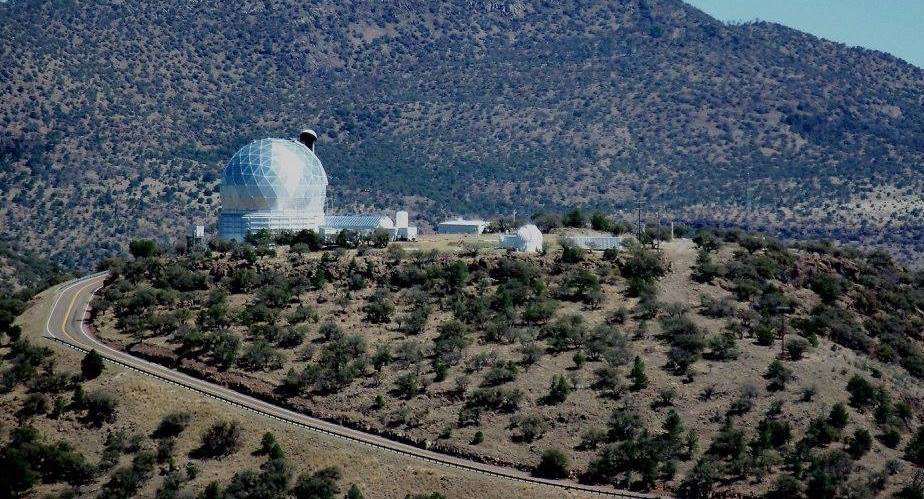
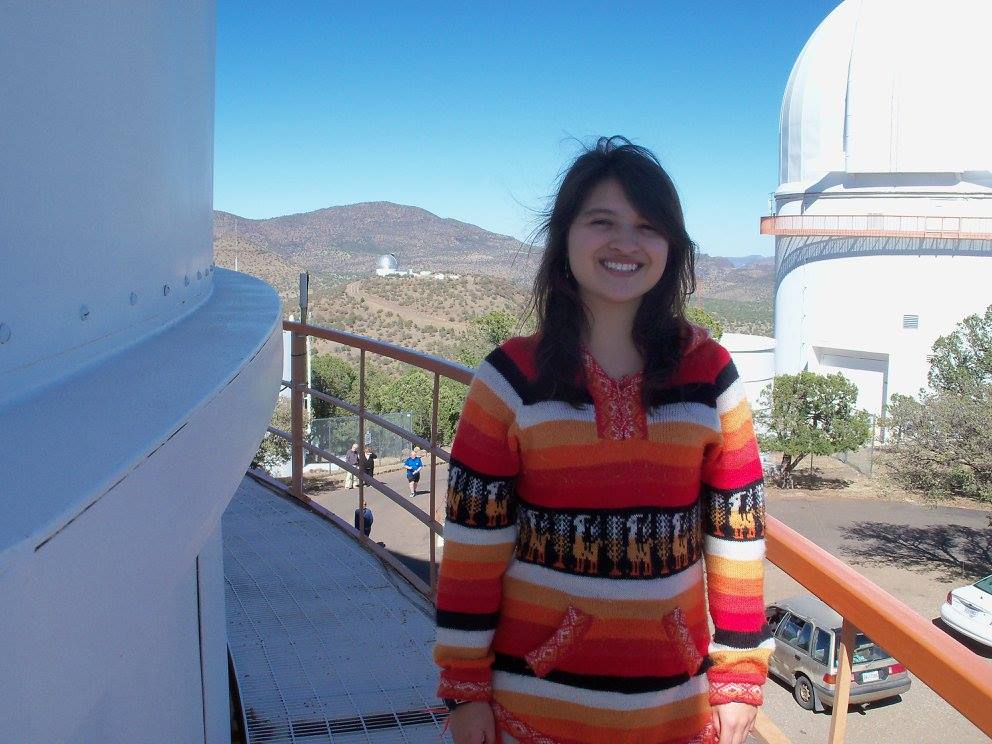
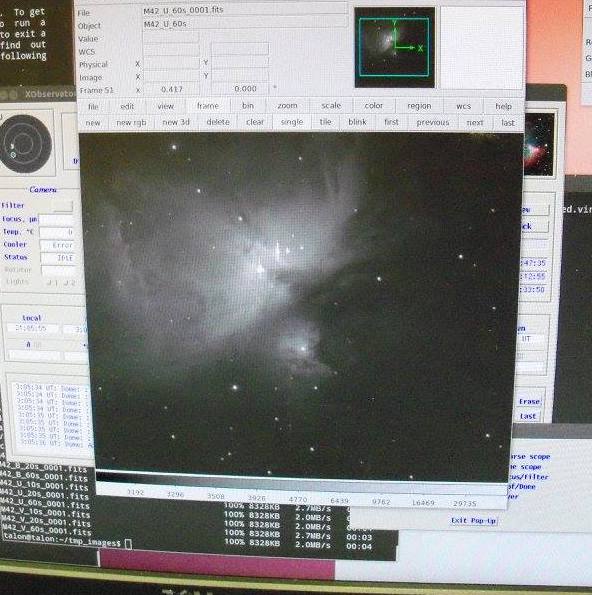
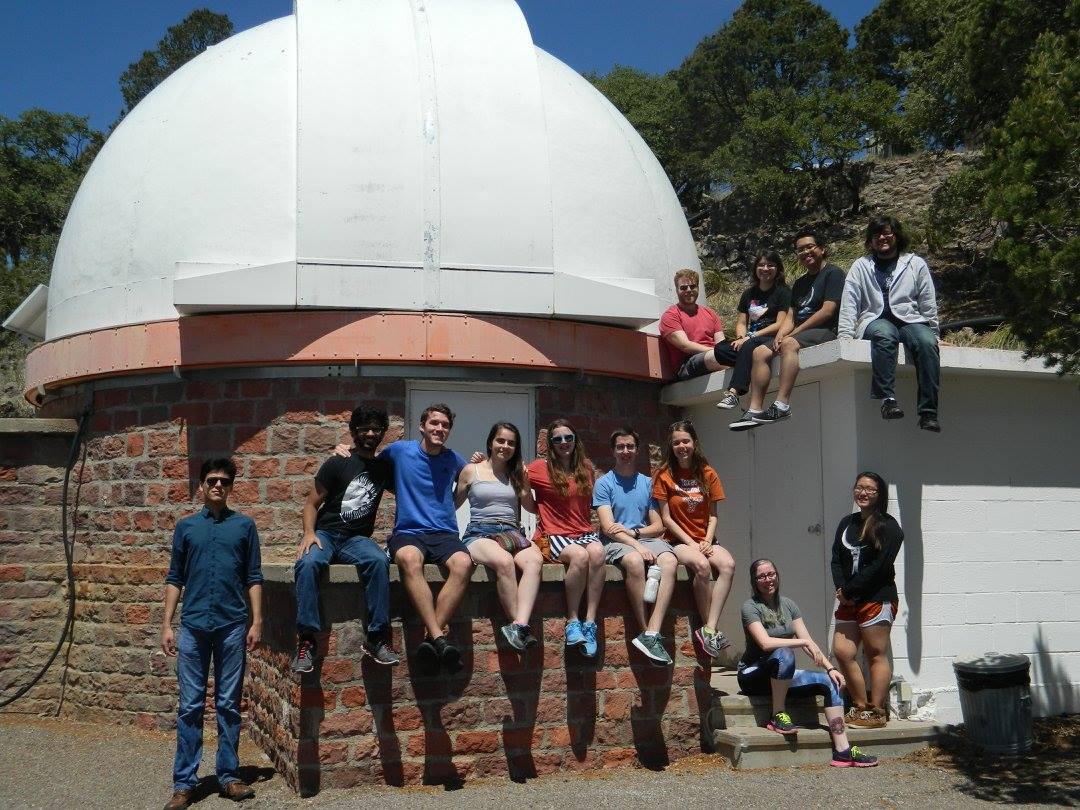

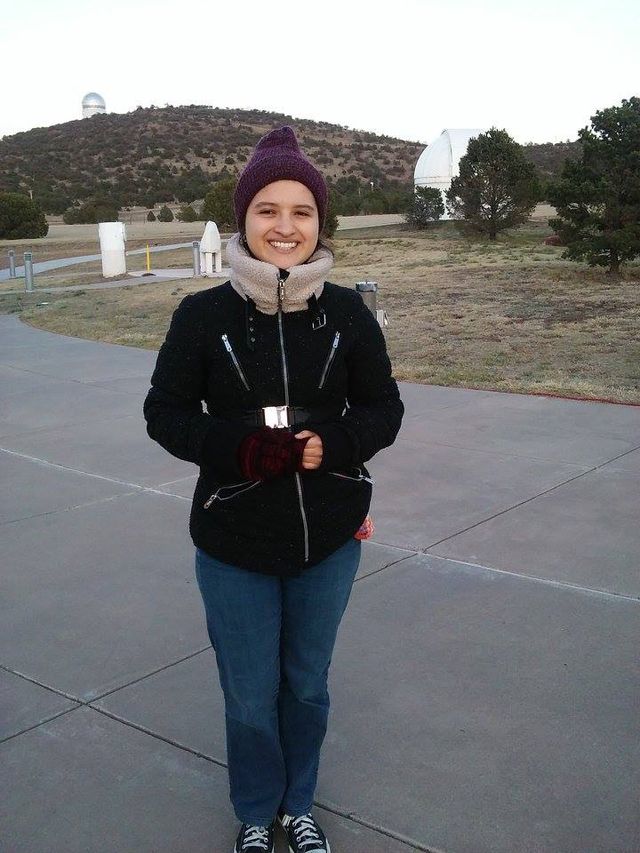

The National Astronomical Observatory (OAN) was the first observatory built in America in 1803. Actually, the independence of the Viceroyalty of New Granada from the Spanish Crown was planned in this building and took place on July 20, 1810.
Since The Independence, the observatory was abandoned or worked as a prison. In 1891, Julio Garavito became Colombia's first Professor in Mathematics, and Director of the OAN. Here, he studied the Moon's movement and discovered a crater on its Dark Side. Sadly, the observatory was inactive for much of the XX Century until it became part of the National University of Colombia - Bogotá. (UNC)
The UNC left the OAN as a historical site and built a modern observatory but on its university grounds in 1952. The UNC was the first university to begin a Master's Degree in Astronomy, and recently inagurated in 2017 the first Ph.D. Astronomy Program of the country. Colombia is indeed an emerging country in Astronomy and we are working hard to give more opportunities to the new generations!
